Are you sitting comfortably? Best bike saddles 2025 ridden and reviewed
Choosing a saddle is no easy task. We have rated and reviewed the 12 best to help you find the right one.
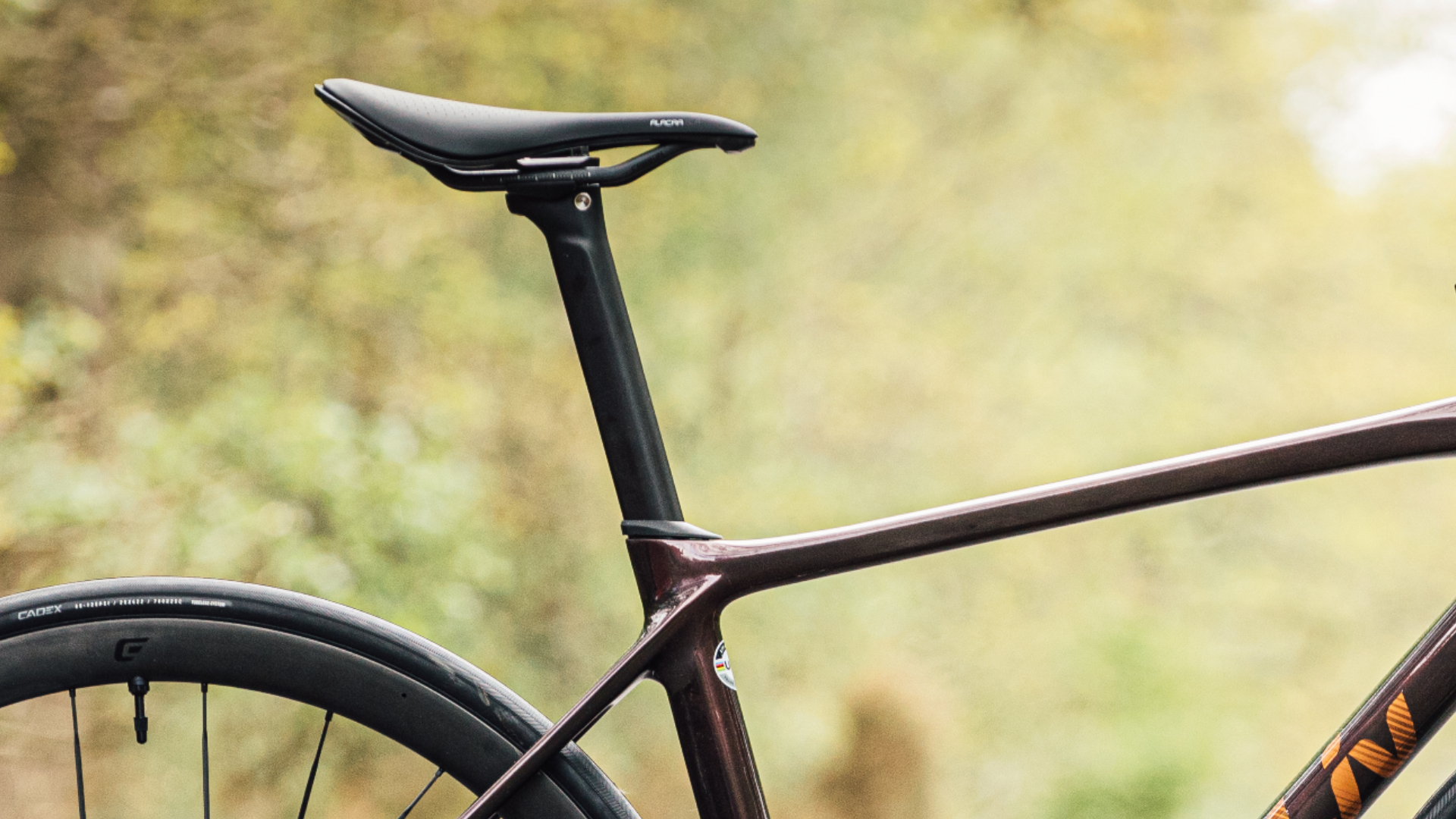
- Quick list
- 1. Best overall
- 2. Best for long rides
- 3. Best Budget
- 4. Best short-nosed
- 5. Best long-nosed
- 6. Best women's
- 7. Best saddle for gravel
- 8. Best 3D printed
- 9. Most versatile
- 10. Best Lightweight
- 11. Best for time-triallists
- 12. Honourable Mention
- How we test
- Meet the testers
- How to choose
- FAQs
Even if you’re a new cyclist, you will likely understand that anatomical differences, riding styles, and disciplines are why there are so many variations in the designs of the best bike saddles. Given how significantly it can impact your riding experience, it's essential to invest time and occasionally money in selecting the right one.
First thing to note is that Men and women tend to favour different designs. While this guide features both, we also have a dedicated guide to the best women's saddles. As this is such an in-depth topic, it is worth taking a look at our guide to choosing the best bike saddle for you.
In the meantime, you will find all the saddles featured in this guide have been reviewed and rated by the experts here at Cycling Weekly. The team occasionally puts themselves through a reasonable amount of pain during saddle tests. However, it is all in the pursuit of not just providing a breakdown of the specification, but also exploring how its shape and design have impacted their riding experience.
This results in 12 of the best bike saddles designed for various cycling categories, with our best overall going to the Fizik Antares Versus Evo, which is heavily focused on bringing comfort to the best road bikes.
Although we offer a comprehensive guide to the best saddles for gravel riding, there is considerable overlap in how we classify specific saddles. For instance, the Ergon SR Allroad also stands out as one of our top picks for long rides, thanks to its high-rebound foam that cushions and supports during both on-road and off-road adventures.
The quick list
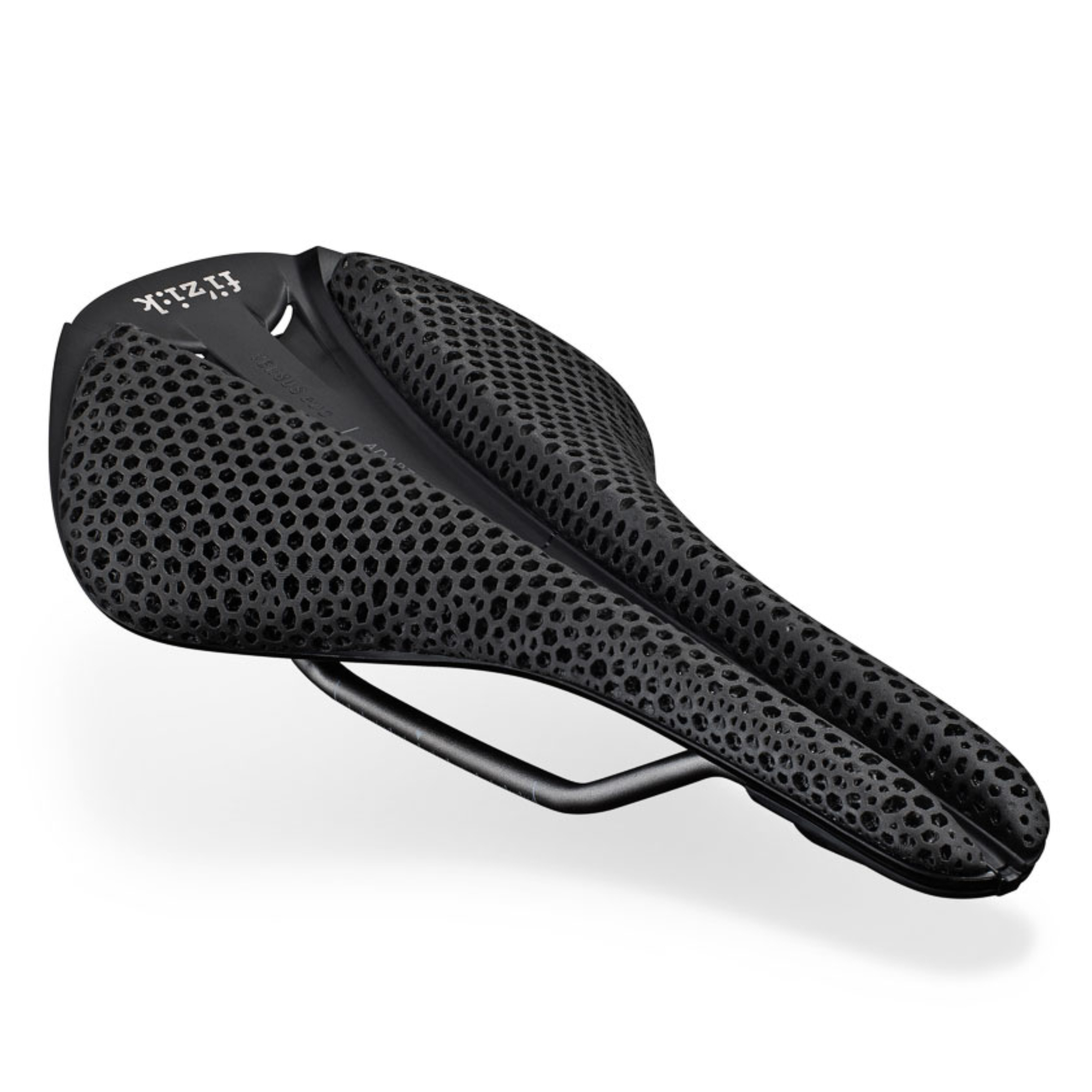
Featuring 3D printed zonal cushioning and a full-length pressure relief channel, the Antares Versus Evo saddle is light, exceptionally comfortable...but expensive.

Equipped with 'high-rebound' foam, this all-road saddle delivers a comfortable ride on a range of surfaces. Its ability to absorb road and trail chatter makes it ideal for long days in the saddle over various terrain.
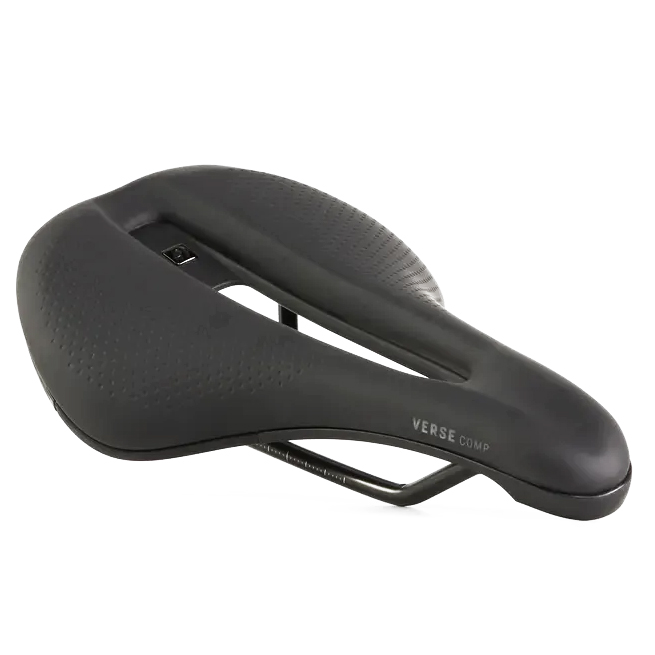
With a sleek-looking profile, relief channel and short nose, you would be forgiven for thinking the Verse Comp is much more expensive than it is. Its extra padding makes it great for long days on or off-road.
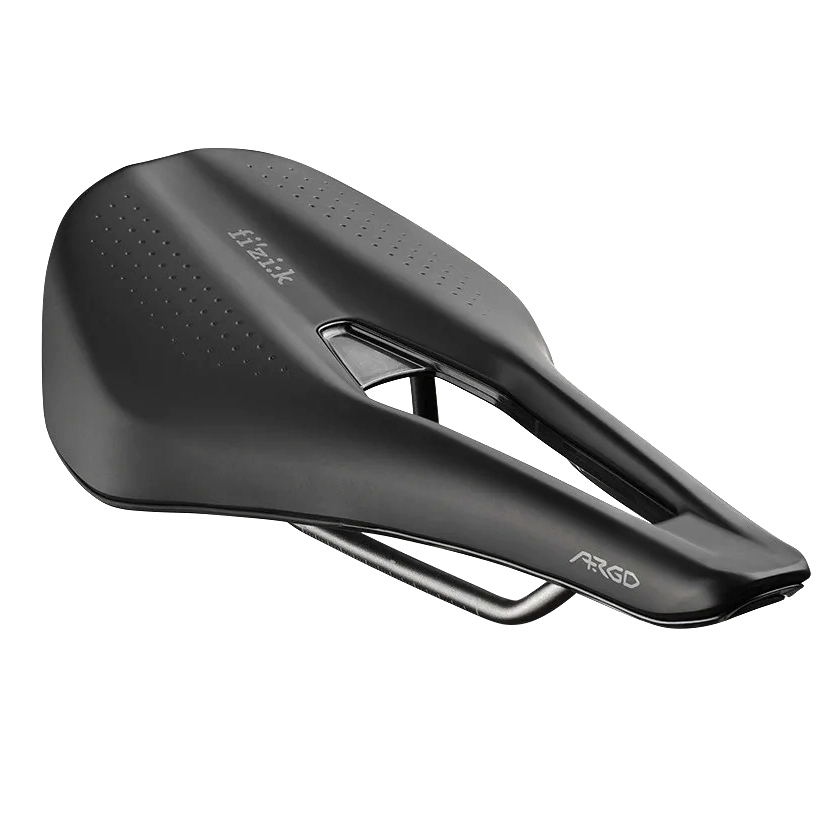
This is a relatively wide saddle that is perfect for long endurance rides where a more upright stance is the norm. Don't let that be its defining feature, it is superbly comfortable saddle on the drops or hoods.
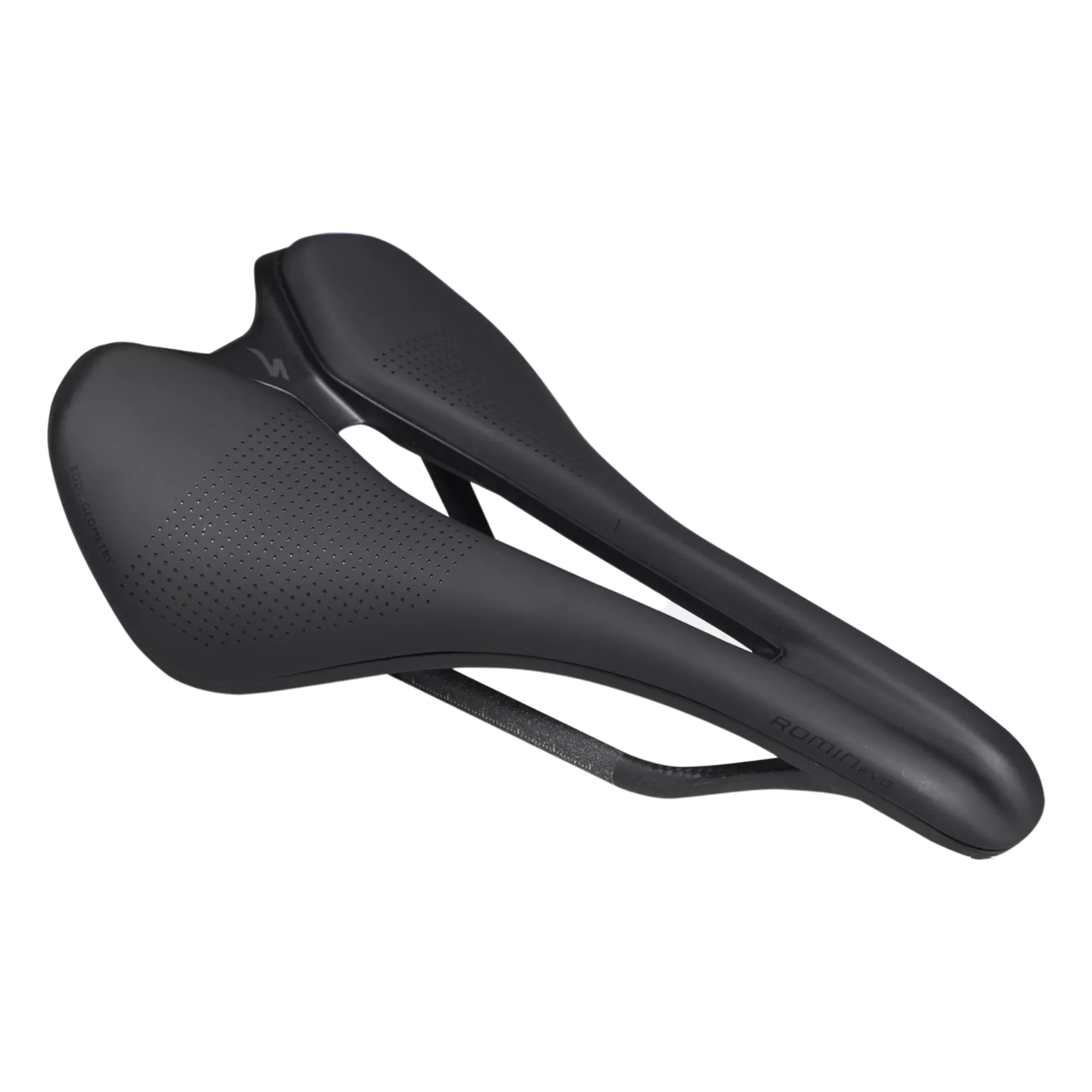
With a long shape that allows for different riding positions and a generous cut-out to help relieve pressure, the Romin Evo Pro is comfortable, especially over long distances.
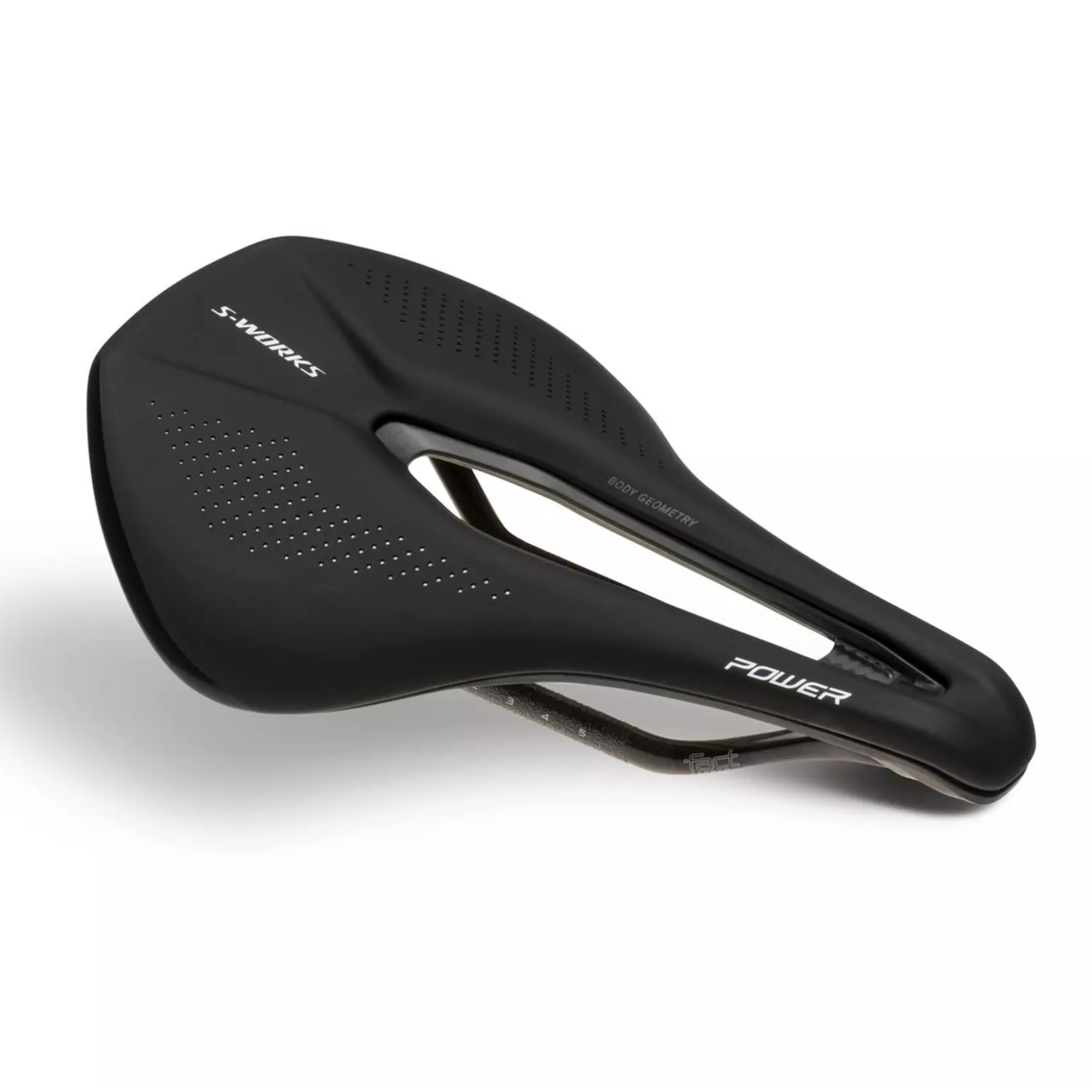
Designed with racing in mind, the S-Works Power model matches a short nose with a large cut-out to aid an aggressive riding position without sacrificing comfort.
View 6 more of the best bike saddles
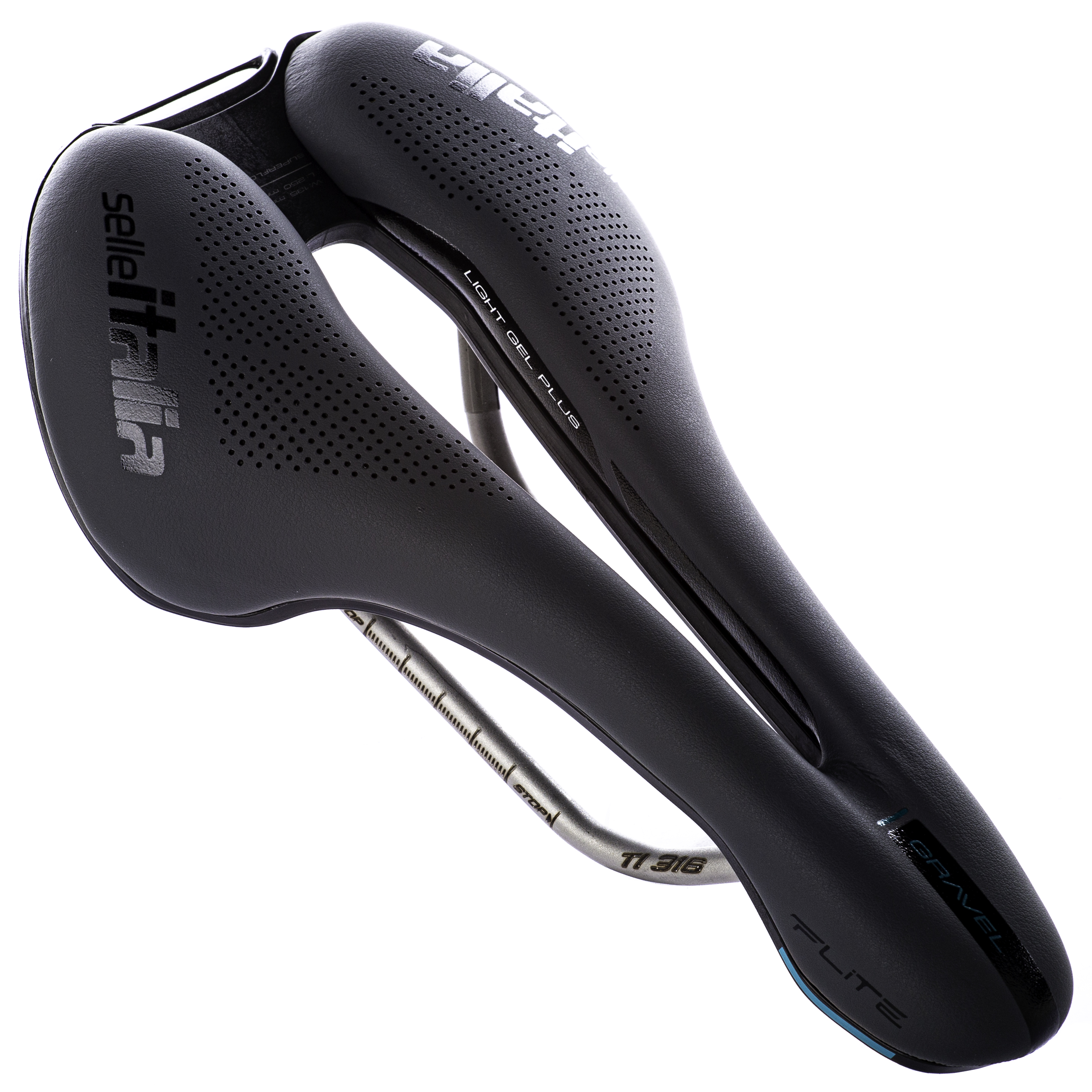
Given that Selle Italia have around 16 versions of the Flite saddle, it should come as no surprise that there is a gravel-specific version. In this variant, however, its comfort comes from the ability to move around, which is ideal for gravel riding.
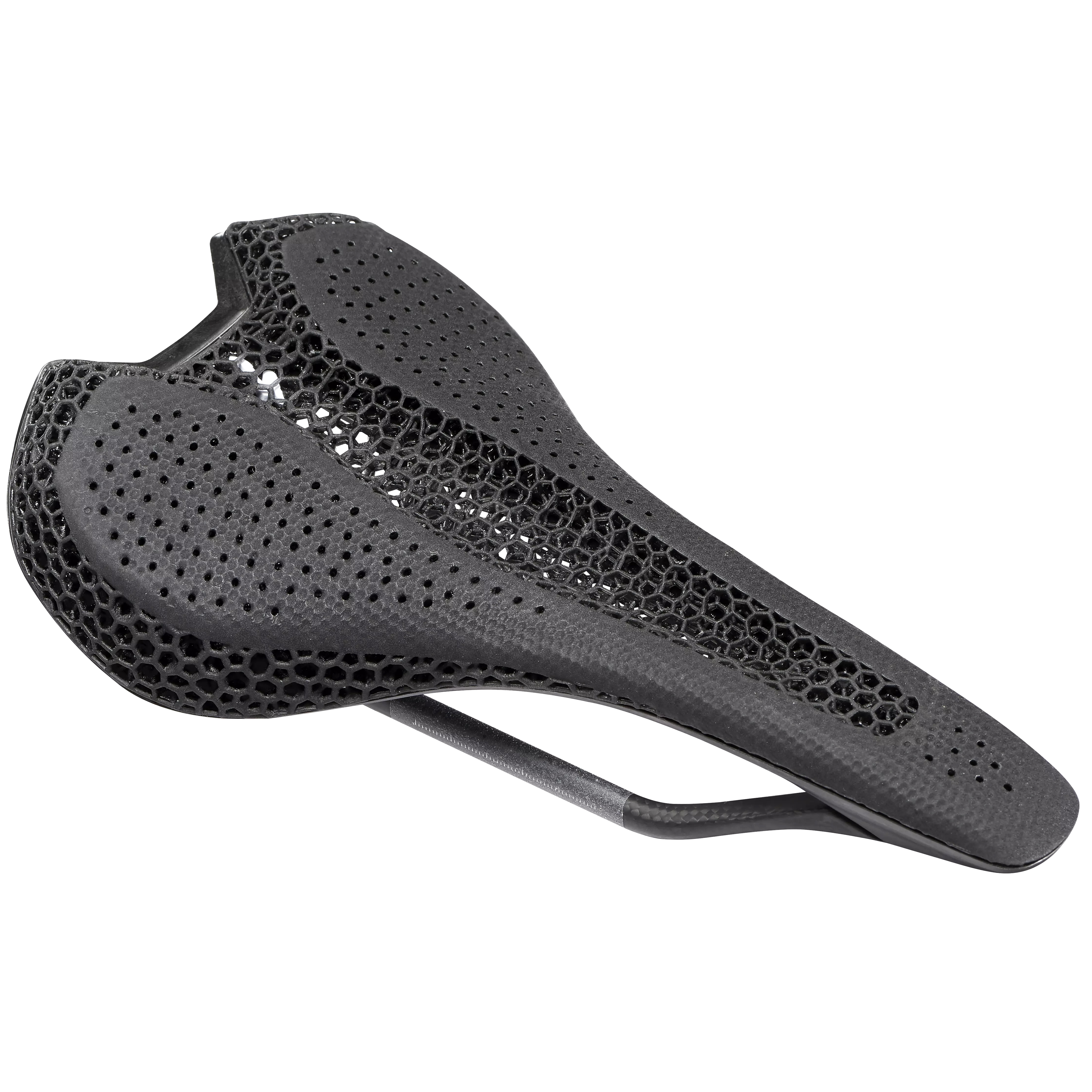
The Romin Evo's 3D printed design means you sit more into the saddle rather than perch on top of it. Which means not only more comfort, but you feel more connected with your bike.
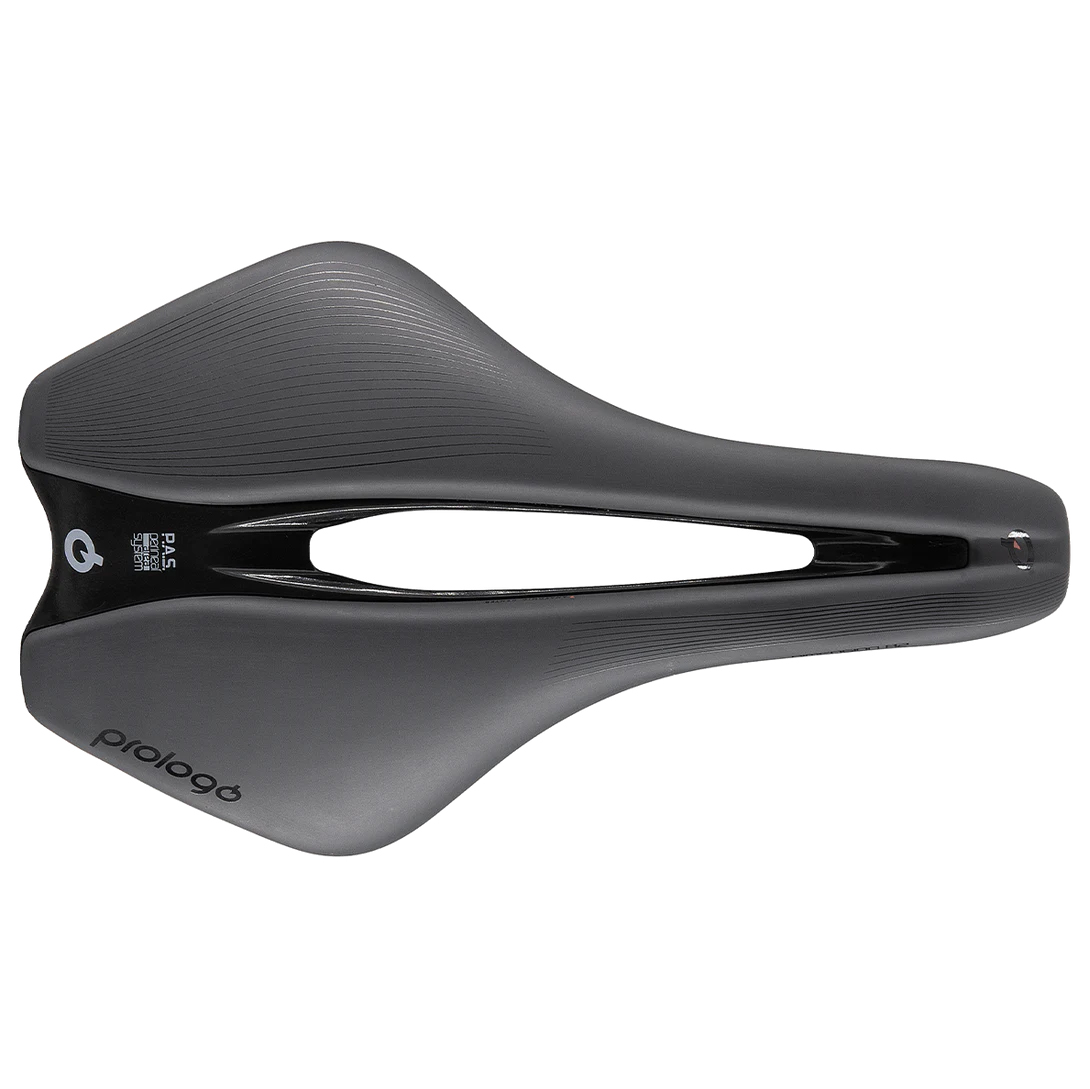
It’s no surprise that the Prologo Dimension R2 Nack saddle ticks a lot of boxes. After all, that’s the raison d'être of the Dimension line - it is light, slight, comfortable and will keep your posterior happy, provided you get along with short-nosed saddles.
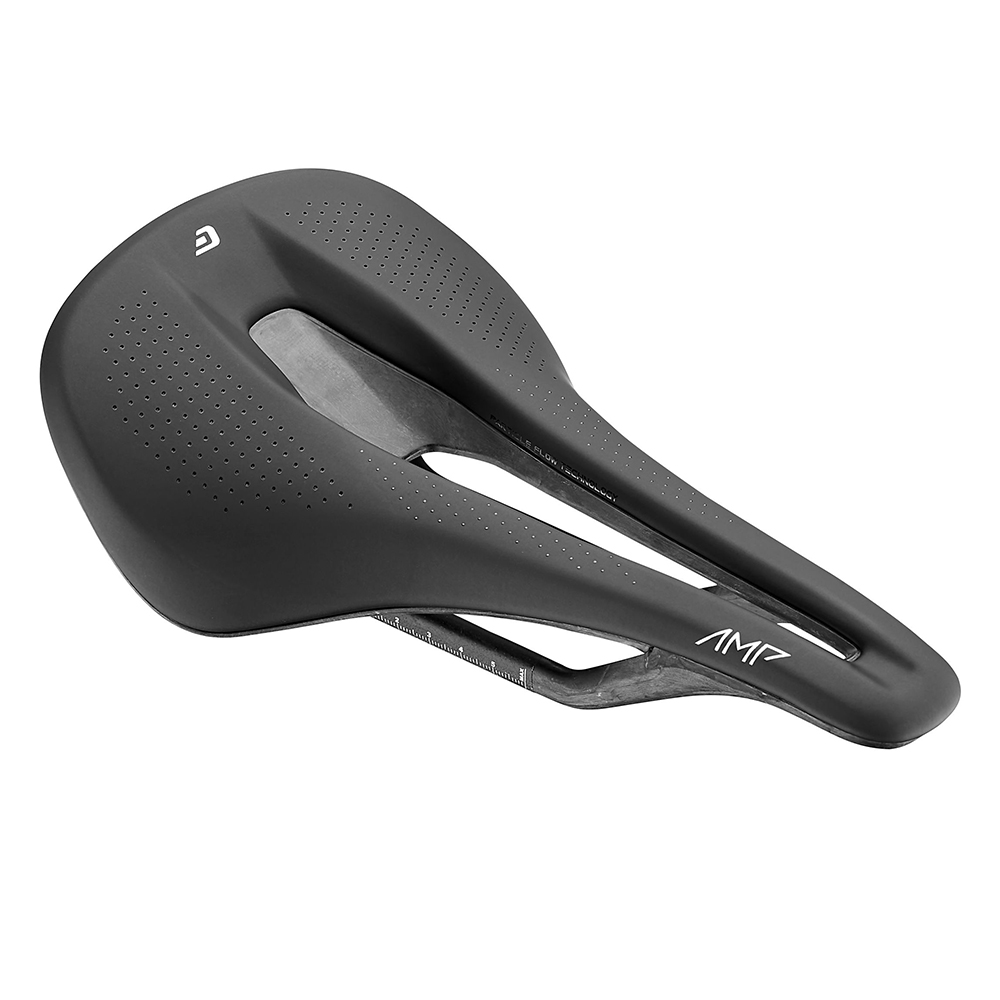
At just 131g/4.6oz, the Cadex AMP is light; however, it offers much more than that. Its carbon construction and foam form make it comfortable from the first ride.
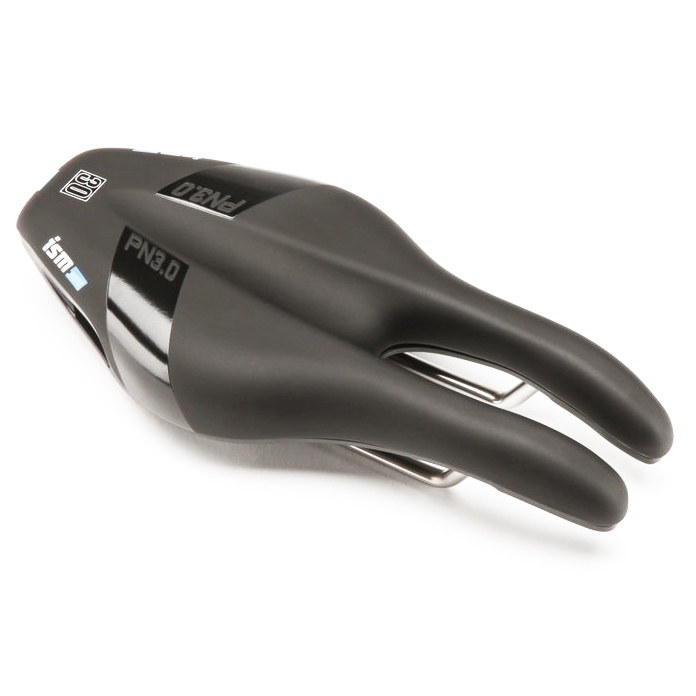
While it is a little strange to look at and requires a little bit of different set-up, its comfort in aerodynamic positions is undeniable which is why we rate it 5 out of 5 stars.
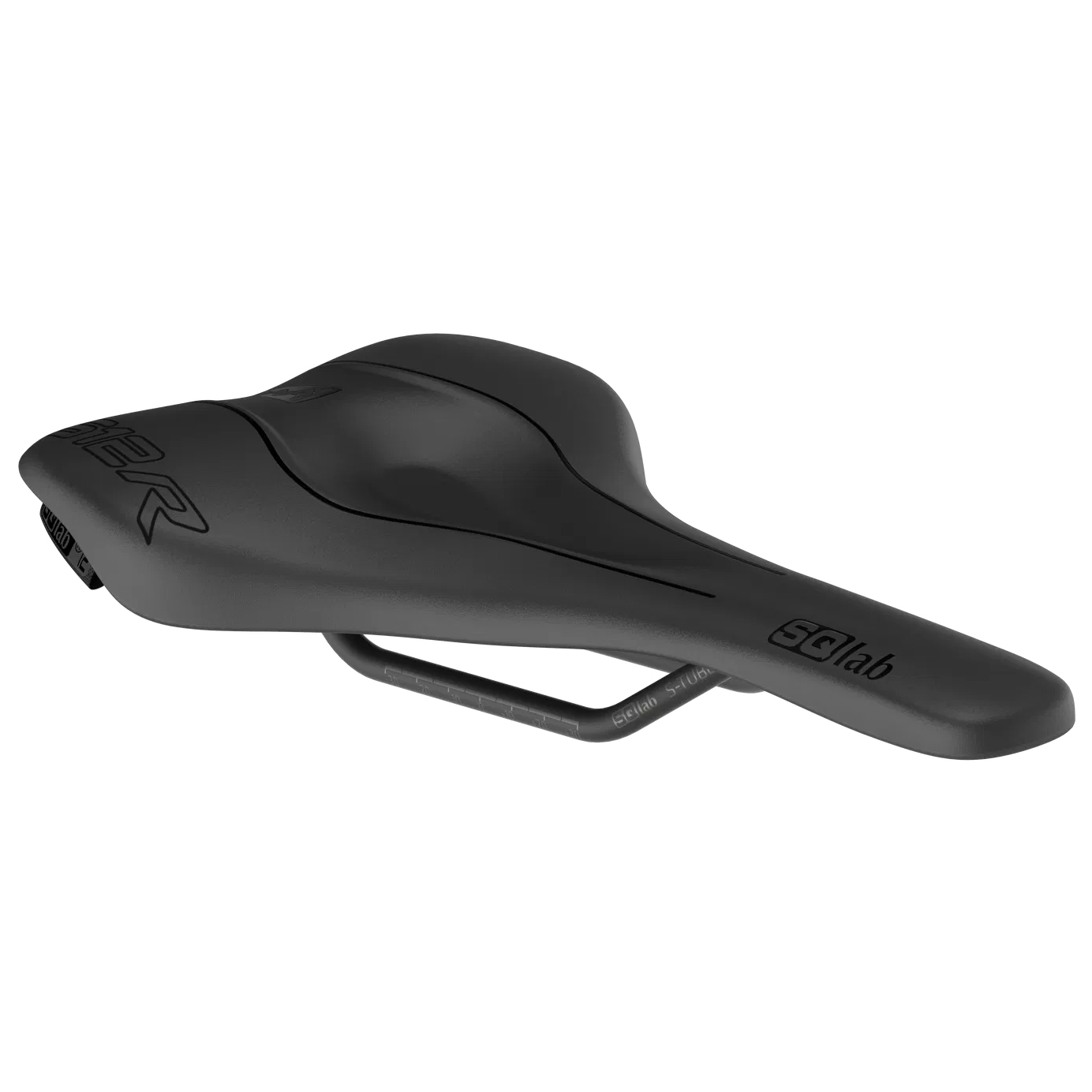
SQ Lab take a slightly different approach to many things, but their saddle, which is designed to work with their shorts specifically, is a unique take on comfort. While it took Simon a while to warm to this, he did eventually find it a worthy option.
Our pick of the best bike saddles
Best saddle overall
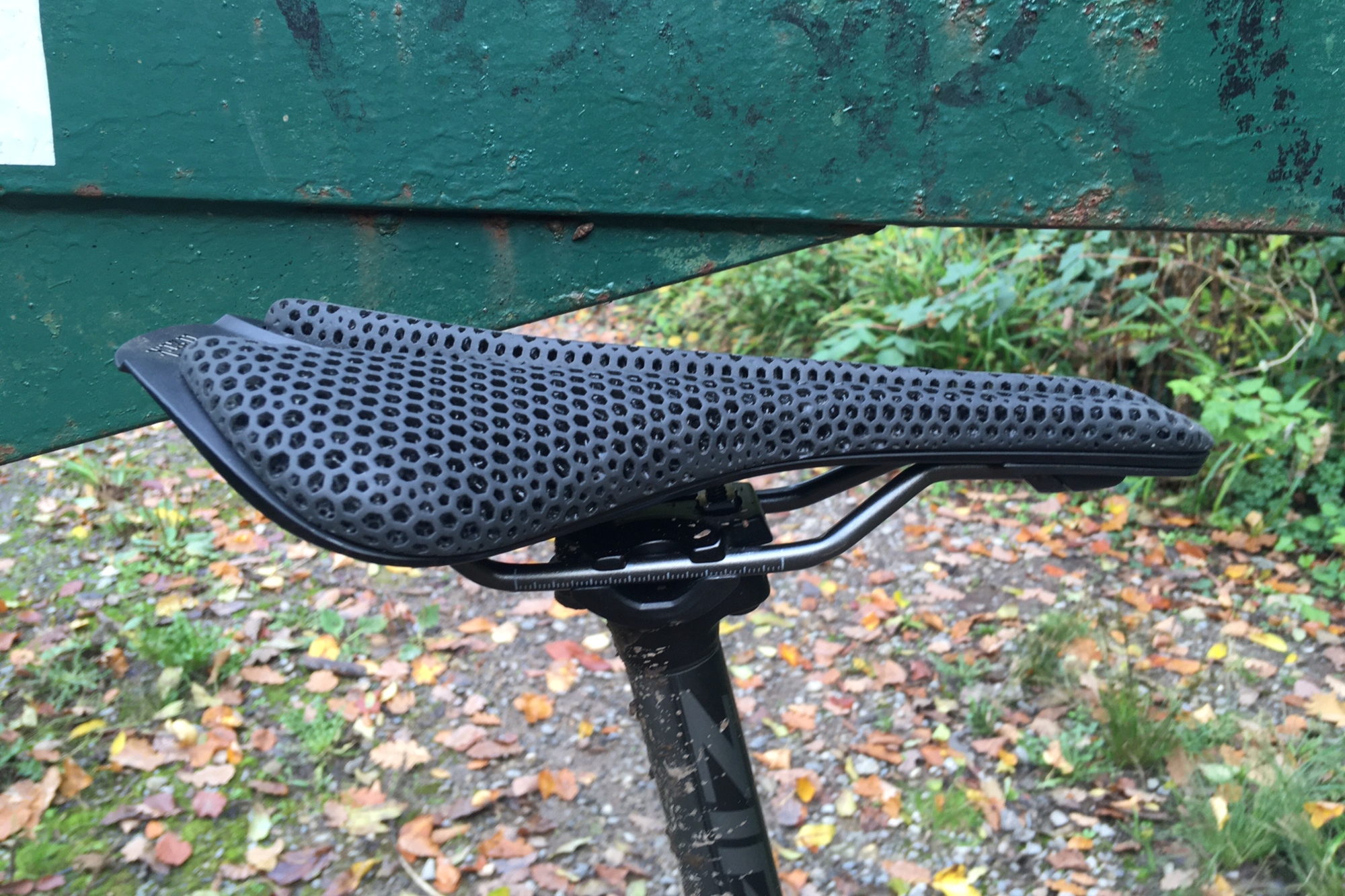
The Escher-inspired structure of 3D-printed saddles might not look like much but they can offer incredible comfort and support
Specifications
Reasons to buy
Reasons to avoid
The Fizik Antares Versus Evo R3 Adaptive saddle features the Italian brand's 3D-printed padding, which creates a distinctive honeycomb appearance. This high-tech manufacturing process allows for the creation of what Fizik calls 'zonal cushioning', which is firmer in places and softer in others, allowing it to adapt to the specific cyclist's body.
It also features a full-length pressure relief channel, a carbon-reinforced nylon shell that adds some flex and 7x7 kium hollow rails. The combination adds up to a saddle weighing 217 grams in the 139mm width version we tested.
On review, I found the saddle very comfortable. The zonal cushioning and relief channel performed as I hoped. Despite its appearance, the holes in the padding made it easy to clean dirt from the saddle with a quick spray of water. In fact, the only downside to the adaptive Antares saddle is the price, which sits at nearly £300/$300. While it is hard to put a price on comfort, it is one of the priciest options on the market.
Read our full Fizik Antares Versus Evo R3 Adaptive saddle review
Best for long rides
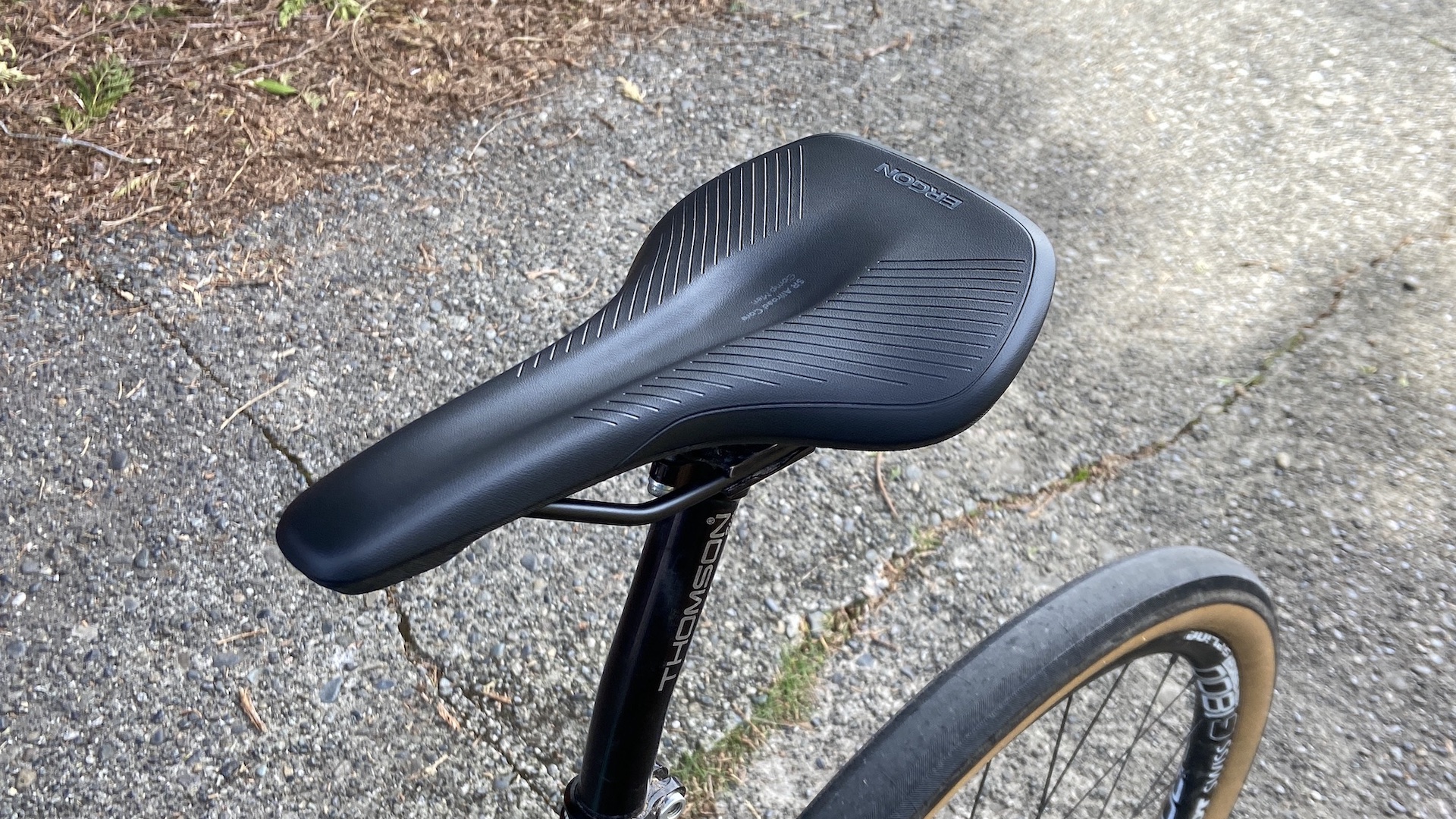
High-rebound foam on the SR Allround makes it an excellent companion for all-day mixed terrain rides
Specifications
Reasons to buy
Reasons to avoid
Although you can use a road saddle for riding off-road, and many gravel bikes come fitted with a road model, there are benefits in a gravel-specific saddle design.
The Ergon SR Allroad saddle includes a layer of high-rebound foam between the upper orthopaedic foam layer and the base of the saddle, designed to improve shock absorption. Ergon offers two widths and versions with lighter rails and base than the Core line, which is quite weighty at 288g.
Although marketed as a gravel saddle, we rode it on our road bike, where the effect of the extra layer of padding was easier to isolate than on a fatter-tired machine.
A disadvantage of the Ergon saddle, at least for women riders, is that it comes in a men's fit only.
Read our full Ergon SR Allroad Core full review
Best Budget
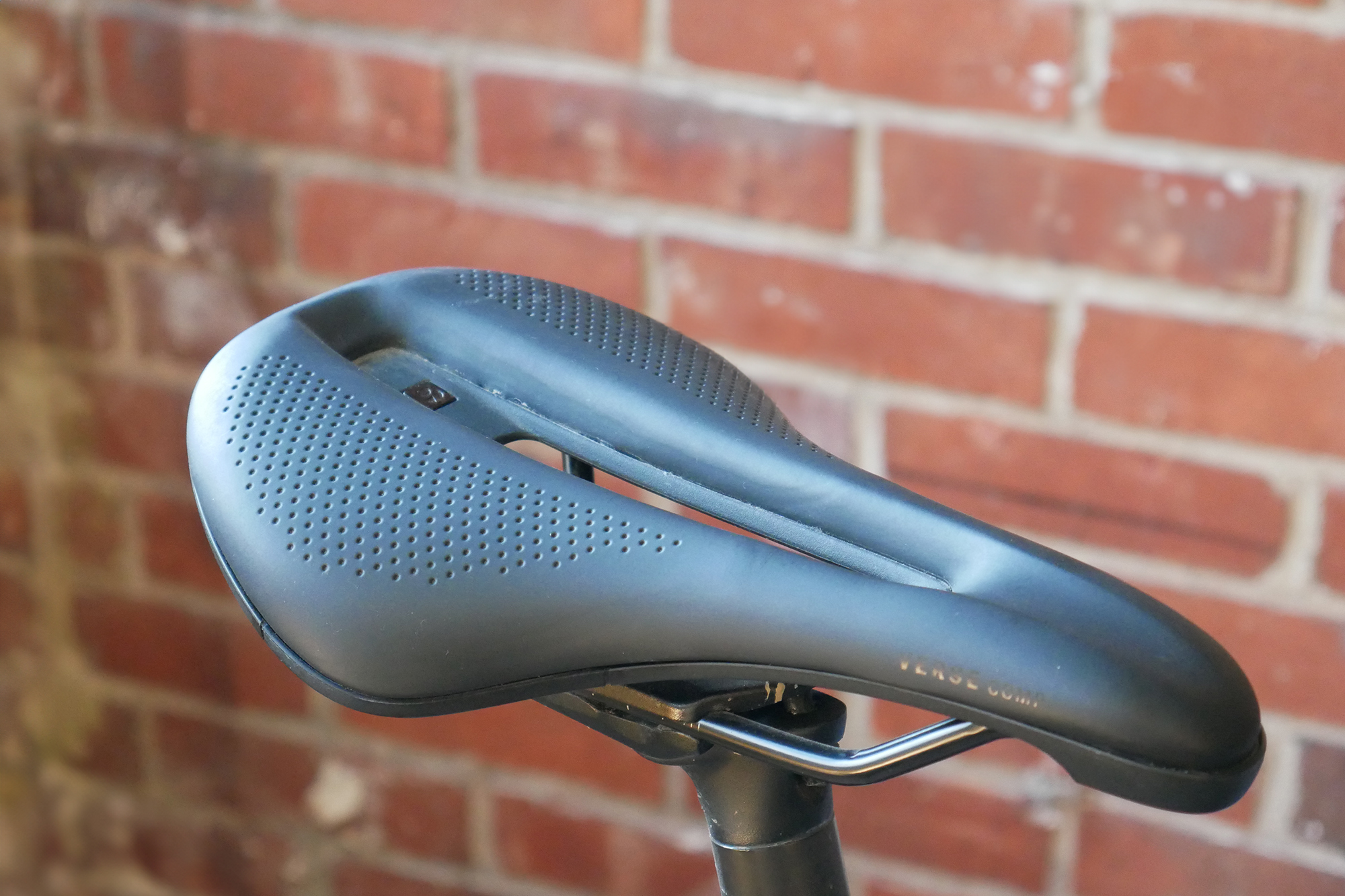
With high-end shapes and ergonomics, the Verse is a great example of trickle-down tech
3. Bontrager Verse Comp Short
Our expert review:
Specifications
Reasons to buy
Reasons to avoid
I've used Fabric's iconic Scoop saddle for many years with little to no issues. However, after a few longer bikepacking trips, I started to notice some numbness creeping in. At the time, I assumed it was due to being seated much more than usual and just more ride time. After some research, I decided that I potentially needed a shorter nose.
On paper, at least, the Bontrager stood out. Its short 250mm overall length, neutral shape, and inclusion of the cutout suggest a lot of tricked-down tech. After just under a year with the Verse Comp, my numbness has seemingly disappeared. Thanks to the decent level of padding on the saddle, I found I could use thinner, cooler chamois in warmer weather, eliminating some of the soreness I get in those conditions.
It took some time to get used to the Verse, which is a very different shape from the more traditional Scoop. This could also have been because it is the most affordable version, and the materials are slightly less forgiving. The lack of compliance in the base and rails was certainly noticeable compared to my more premium Fabric saddle, and largely why the Verse weighs nearly 300 grams.
The Verse Comp works well on various bikes, particularly all-road and gravel bikes. The extra padding compensates for the lack of compliance and keeps me comfortable all day. I will eventually upgrade to the more premium version, but for now, I am very happy with this budget saddle.
Best short-nosed saddle
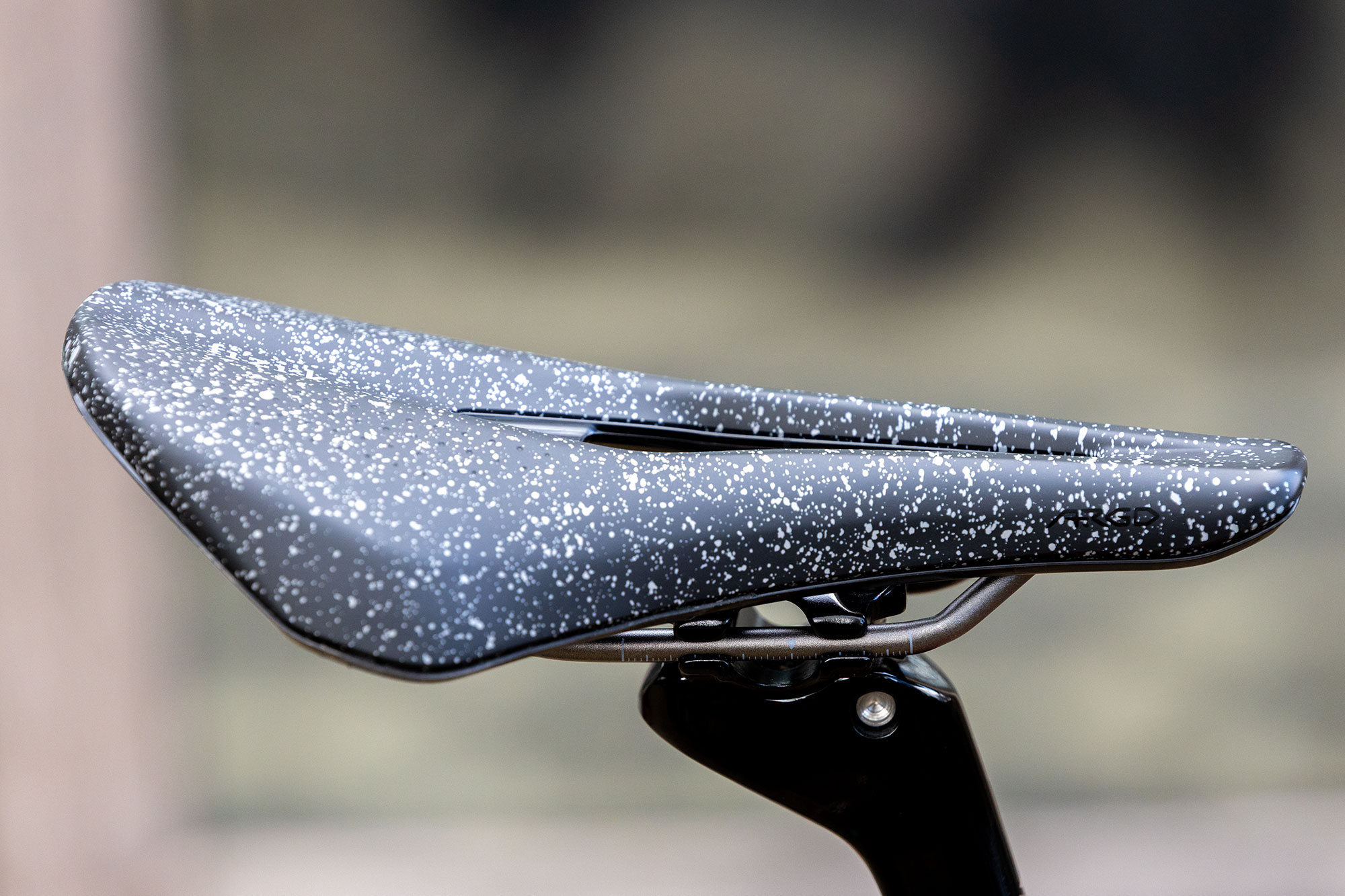
Another addition to the growing range of short-nosed saddles
Specifications
Reasons to buy
Reasons to avoid
The Tempo Argo R3 is a very contemporary-looking saddle, defined by its somewhat brutal aesthetic. Its short 260mm length and very wide, blunt nose give it an almost brutalist finish, with its flexible rubberised wings and large diamond cut are all designed in the pursuit of comfort, control and security when 'on the rivet'.
Put fairly crudely, the Tempo Argo saved my butt. While away on another press trip, this time in the home of the European gravel scene, Girona. I had been invited on a relatively long 6-hour ride with many hills along the way to showcase the brand's new endurance bike. What struck me some way into the ride was that no one was complaining about discomfort, including myself. Which forced me to make sure the name Fiziki Tempo Argo R3 was etched into my memory.
The R3's are wide, even the narrower 150mm variant I tested feels wide. However, thanks to Fizik's WingFlex design, which deserves a lot of credit, it provides decent support for an upright endurance position without causing any chafing or discomfort. The short nose's design limits movement, but when you do need to move, the faux leather finish won't hold you back.
If you're looking to try or have even been advised to try a short-nosed saddle, the Fizik Tempo Argo R3 should be on your short-list.
Read our full Fizik Tempo Argo R3 Les Classique review
Best long-nosed saddle
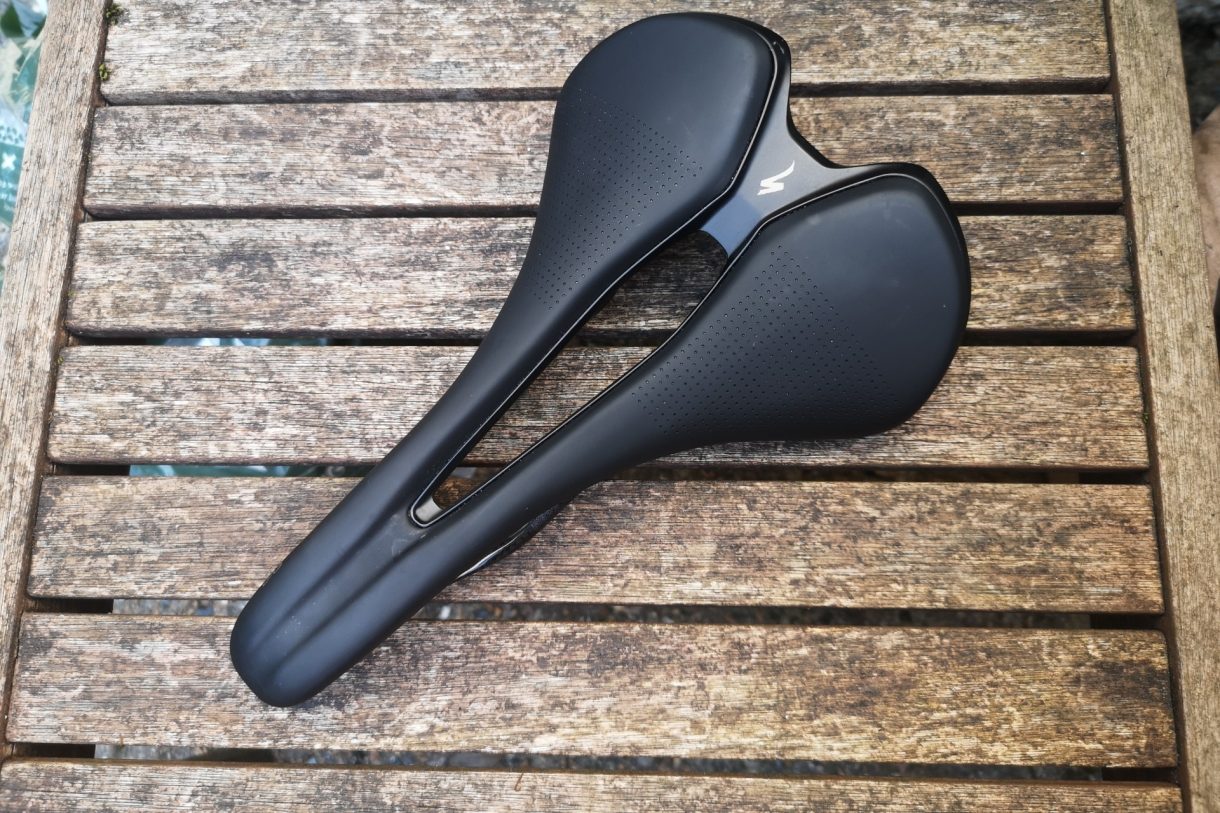
A good saddle for people who like to love around on the bike
Specifications
Reasons to buy
Reasons to avoid
The Romin Evo is a long-nosed saddle, suited to riders who like to move around on the bike, sitting on the nose during efforts and placing their weight back on the climbs.
We're generally fans of saddles with an ample cut-out, and we found that this one did the job, despite being relatively narrow.
Specialized has used 'level 2 padding', and tested over rides of four hours+, we found this to be sufficient. The upper is made from a water-resistant Micromatrix material, which is resilient and also quite aesthetically pleasing.
The saddle comes in three widths (143mm, 155mm and 168mm - we tested the latter), which should provide plenty of choice to suit most bodies.
Initially marketed as a men's saddle, we've had male and female testers get on with this option, suggesting it has a wide appeal.
Read our full Specialized Romin Evo Pro saddle review
Best women's specific saddle
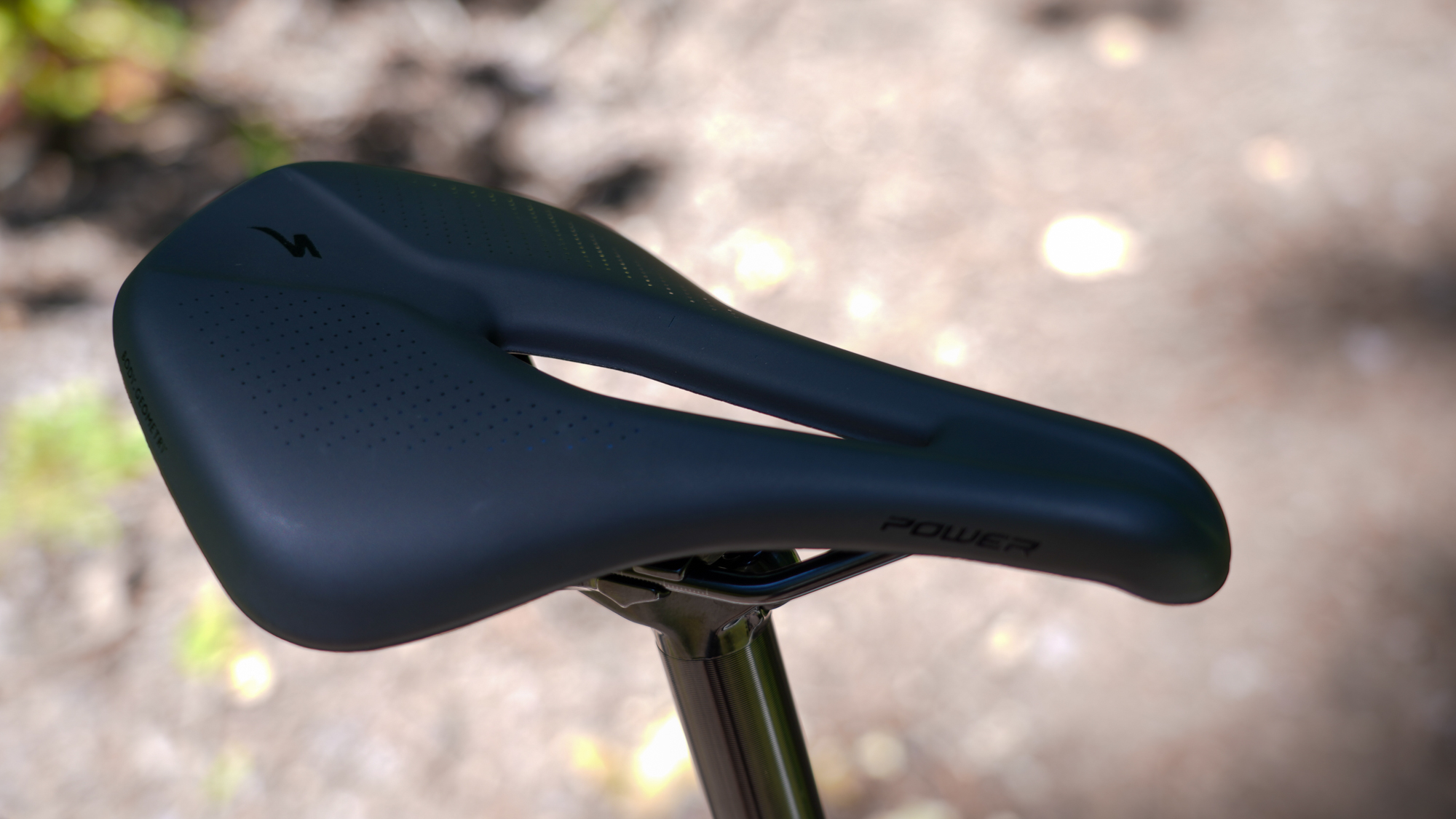
The Power has proved a hit with many riders male and female
Specifications
Reasons to buy
Reasons to avoid
The Specialized Power was the saddle that kicked off the short and stubby trend that has since seen just about every saddle brand launch their own version. We reviewed the S-Works model but there are other price bracket options available too.
With a wide profile and sizable pressure relieving cutout, we'd suggest this is best suited to those who ride in an aggressive position, or spend a lot of time in the drops. An oft-reported downside of the Power is that the rear fans out, and can rub against some riders' hamstrings; if this is the case for you, then we'd recommend looking at the Power Arc, a variation which avoids this via a more rounded rear.
Overall, the Power saddle has collected a high number of converts across the Cycling Weekly team. It might not be everyone's absolute favourite, but it's rare to hear a rider say they find it uncomfortable. If you like to fix yourself into a set position on the bike, then we believe it's a solid option and well worth a try.
Read our full Specialized S-Works Power saddle review
Best saddle for gravel
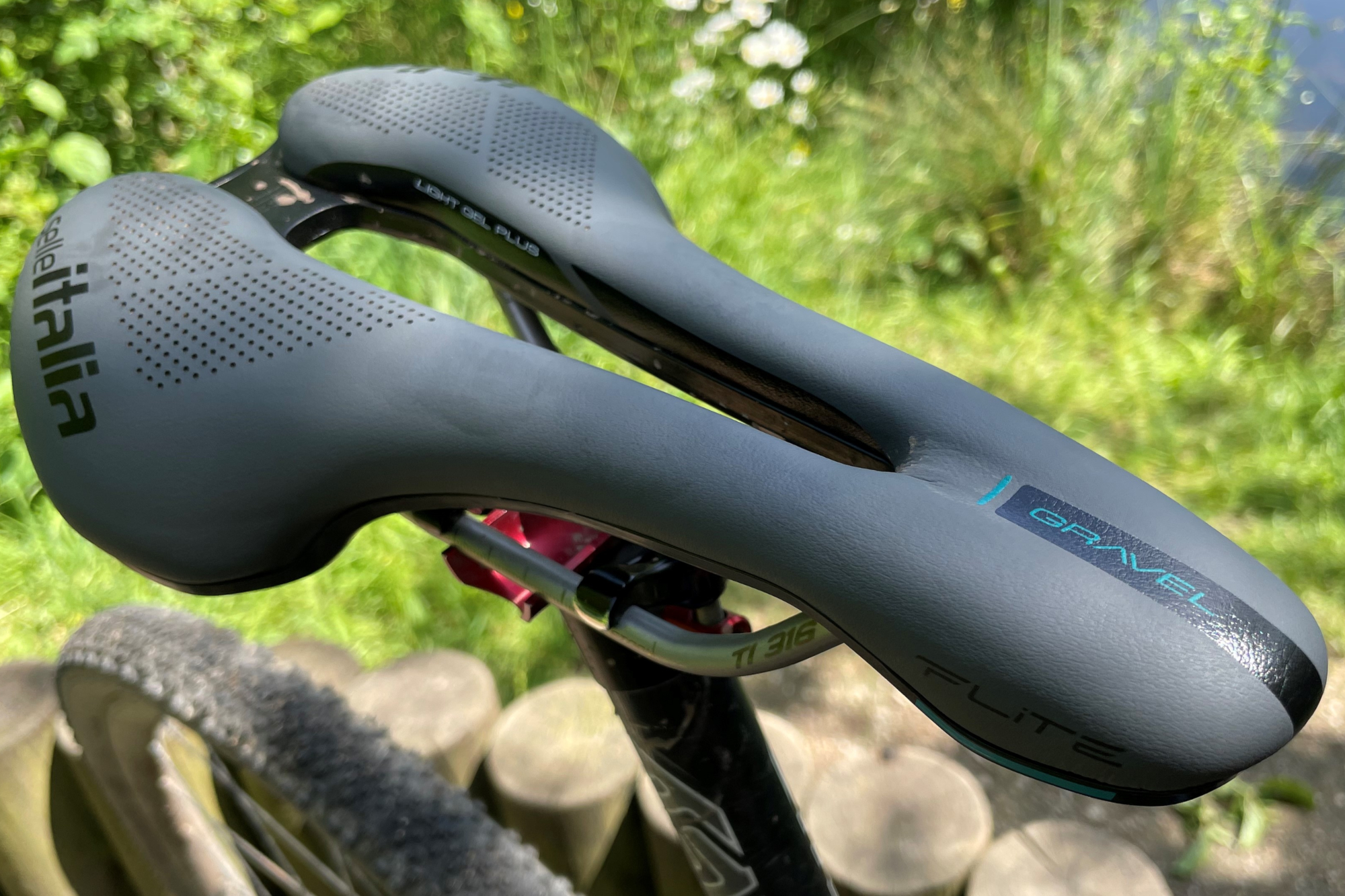
There is a lot to be said for a pressure relief channel
Specifications
Reasons to buy
Reasons to avoid
Given Selle Italia have around 16 versions of the Flite saddle it should come as no surprise that there is now a gravel-specific version added to the range. At first it's easy to see the Flite Gravel as just a marketing exercise. However, taking a bit of time to look beyond this you realise its a combination of various features that are best suited to longer drop-bar off-road rides, a sort of merger of the Endurance and MTB versions of the Flite.
The Superflow channel provides pressure relief to the perineum when in the drops, particularly important on chattery terrain. Additional shock absorbency comes from a combination of the gel inserts and titanium rails. The covering material is Fibra-Tek which offers increased durability against gritty abrasion.
We were really impressed by the comfort of the Flite, the Superflow shape and choice of widths meant that weight was through sit bones where it should be. We found that the shorter length (250mm, standard across all Flites) allowed good movement around the bike although means your weight isn't so far forward if you want to perch on the nose of the saddle on steep climbs.
Read our full Selle Italia Flite Boost Gravel TI 316 Superflow review
Best 3D printed saddle for racers
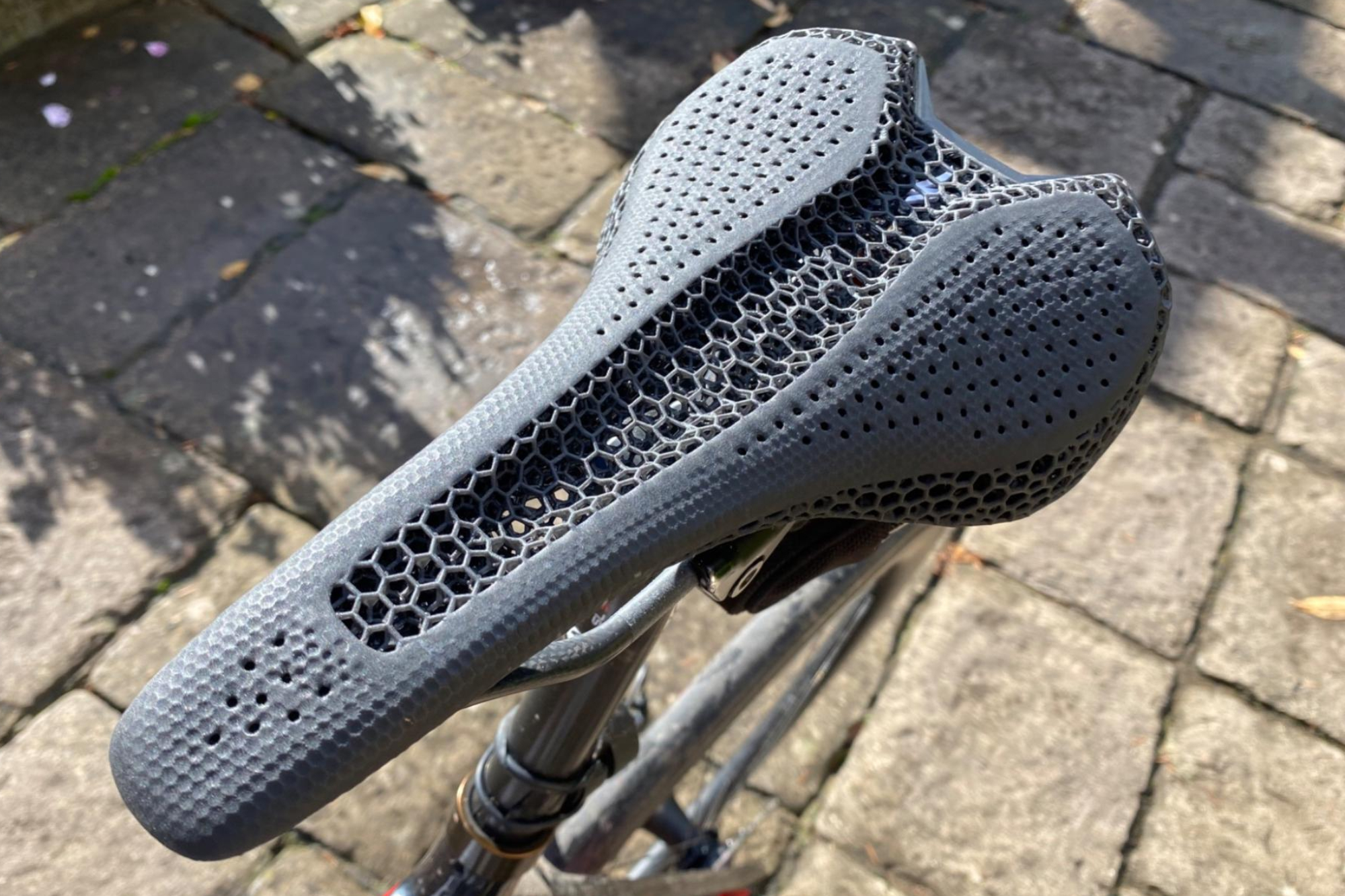
3D printing can add performance too, not just comfort
Specifications
Reasons to buy
Reasons to avoid
Made up of thousands of 3D-printed struts and nodes to help distribute pressure, Specialized’s beloved long-nosed Romin Evo design is now available with the brand’s Mirror technology. The result is an extremely comfortable saddle which, rather than feeling like you’re ‘perched on top’, you almost feel like you’re ‘sitting in’.
We found that this made for a more connected feeling with the bike, with high-power seated efforts feeling very planted. At the same time, road vibrations were a little more absorbed and not transferred to our rear. The saddle is also very lightweight for one that is so comfortable, at 192g (measured) in a 143mm variant.
The length of the Romin design works well for performance-orientated riders who want to move their weight around as the effort dictates. Although it is an expensive saddle, its price is about the same level as rivals using similar 3D printed tech, but it is still a significant hike over similarly weighted saddles, such as the S-Works Romin Evo (without Mirror).
Read our full Specialized S-Works Romin Evo with Mirror saddle review
Most versatile saddle
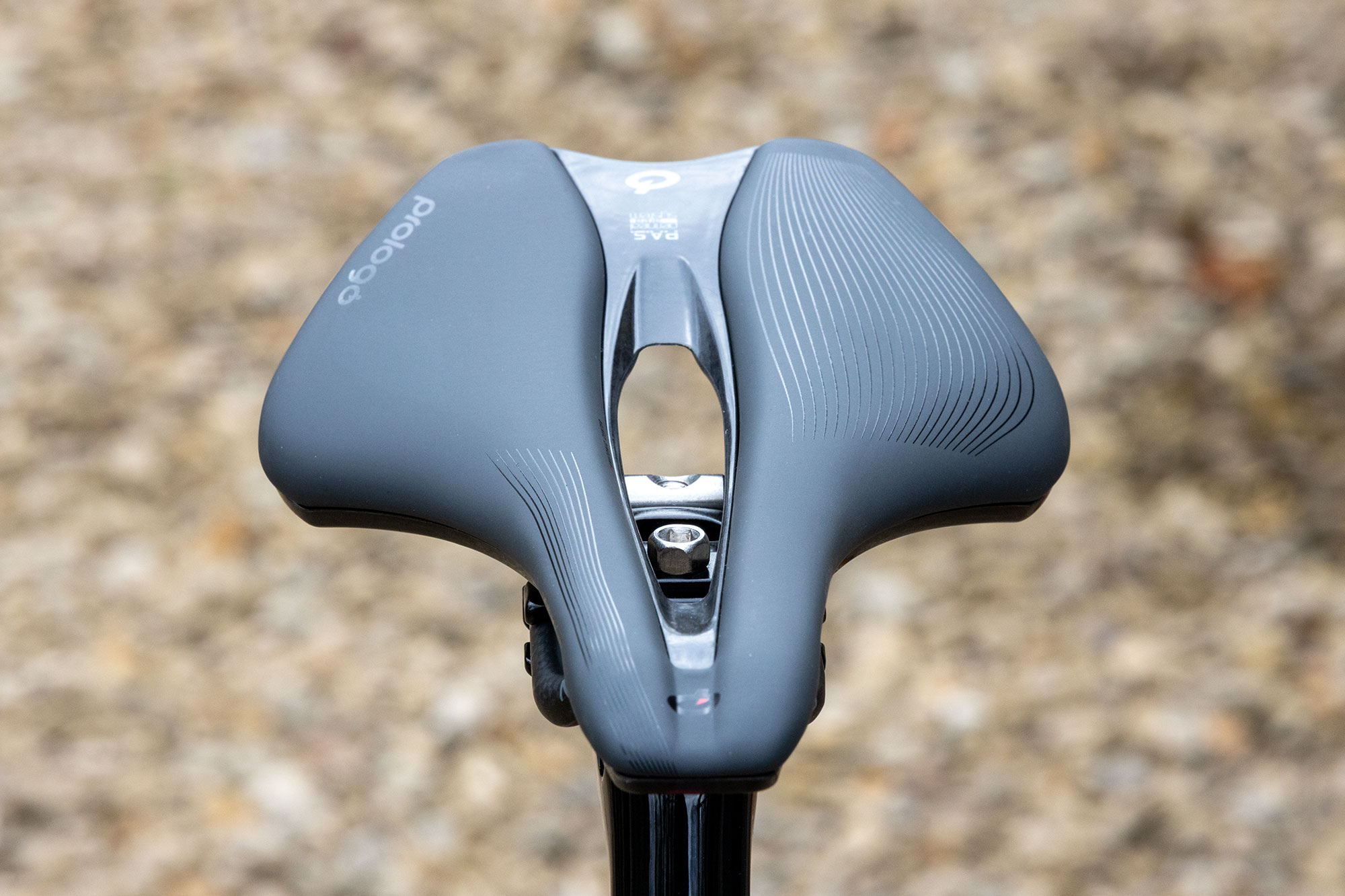
Specifications
Reasons to buy
Reasons to avoid
Prologo's Dimension range is very similar to that of Selle Italia with the Flite, in that while several variations are all slightly different, they all follow a similar design philosophy. Need a saddle for Gravel or Cross? Thats the Dimension AGX. Something a bit wider? The Dimension Space. A saddle specifically for women? That'll be the Dimension EVA.
So, where does the R2 Nack fit in?
The Prologo Dimension R2 Nack is suitably understated, compared to other saddles in the Dimension range, which are heavily embellished with loud graphics and splashes of colour, which all echo the R2's overall objective of minimalism and being the super lightweight variant in the Dimension range.
With a carbon fibre construction and sparse use of padding, the weight of the Dimension R2 was reduced to a claimed 135g (139g measured). That’s about the same weight as half a baguette but infinitely more comfortable and considerably more robust. It also puts it up there with the Cadex AMP with its fancy moulded shell and rail design, which only saves it 4 grams over the Prologo.
What sets the R2 apart from other short-nosed saddles I have tested is not only allowing you to rotate right over in relative comfort, but it manages to introduce some security back into the equation.
Overall, the R2 is light, comfortable and keeps your posterior happy, whatever your chosen discipline. This is, of course, if you get along with short-nosed saddles. Its high cost also won't appeal to all, and mainly due to those low-weight construction materials.
Read our full Prologo Dimension R2 Nack review
Best Lightweight Saddle
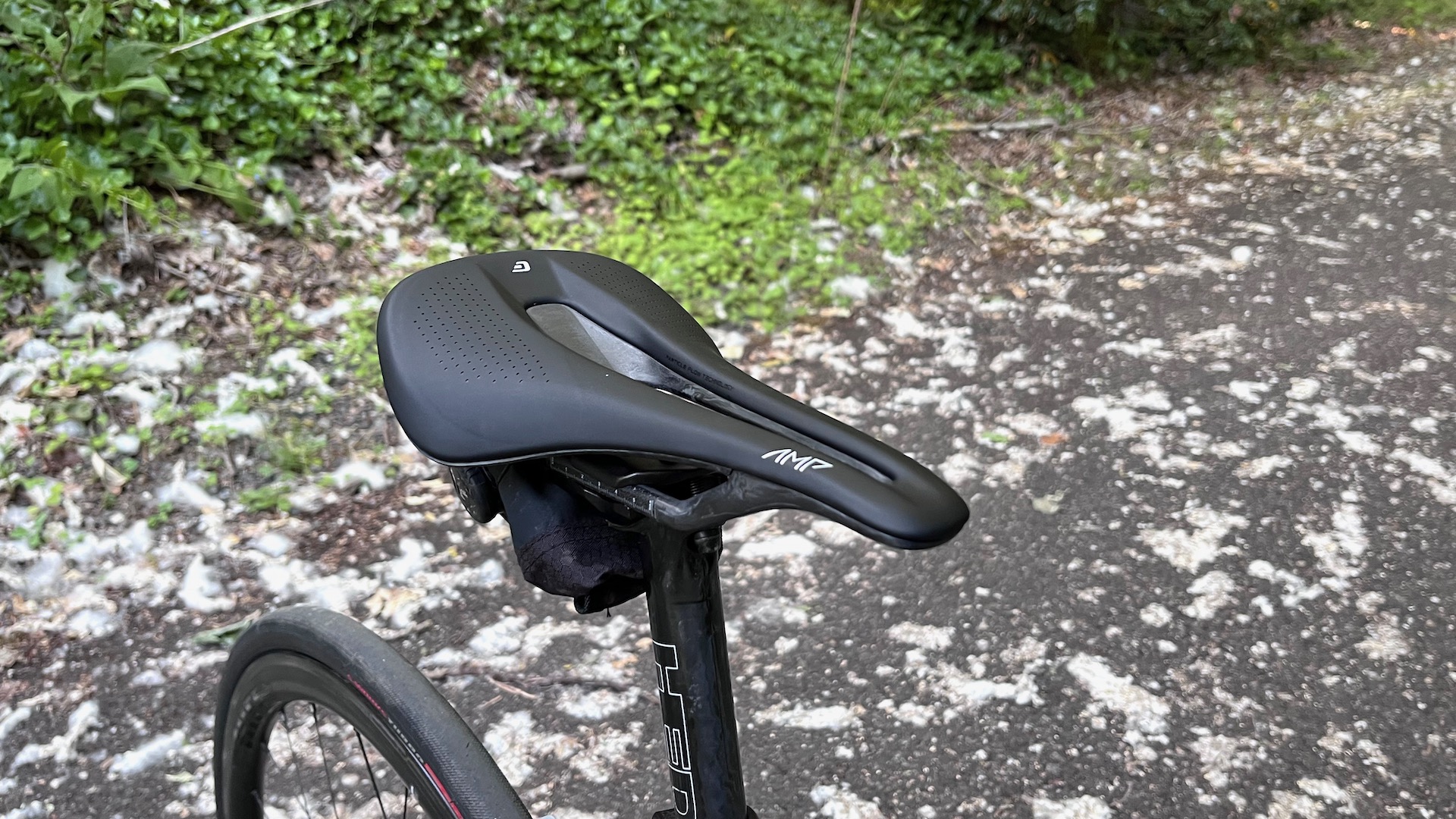
Despite being only 242mm long, the Amp feels like a much longer nosed saddle
10. Cadex Amp
Our expert review:
Specifications
Reasons to buy
Reasons to avoid
Anyone's initial impression of the Cadex Amp saddle will undoubtedly be its low 131-gram weight. However, its sleek design, raw carbon material, and exquisite craftsmanship are also profoundly appealing.
My scepticism of its “unisex” claims was certainly short-lived. From the very first ride, the Amp was super comfortable. Combined with the carbon fibre construction, the foam forms a great, supportive shape that helps dampen any road vibration. Even after decades of riding and somewhat in part due to some of the challenging events I have taken on, I still find myself getting sore. The Cadex's heavily curved and quick drop-off wings effectively minimised friction. Not once during testing did I think I would need to stop using it.
My only fear is the durability of the rails. I know that integrated rail construction is a big part of why the Amp is so comfortable. However, the combination of low weight and rough or gravel roads makes me wonder about its longevity in the long term when considering the cost of a replacement.
Read our full Cadex Amp review
Best saddle for time-triallists
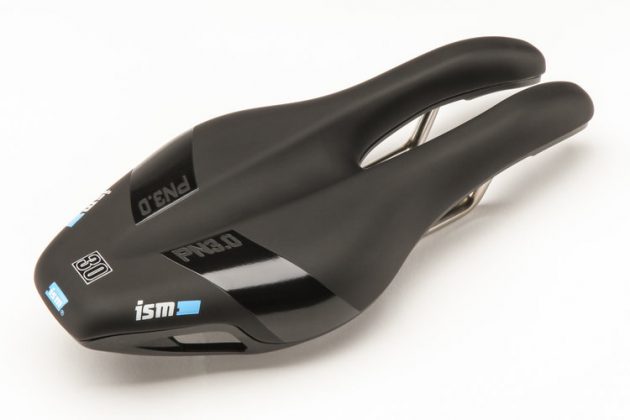
The noseless design is popular among time triallists
Specifications
Reasons to buy
Reasons to avoid
ISM saddles are renowned for serving time trial riders particularly well, due to the split-nose design. In essence, the lower you get on the tri-bars, the better the saddle feels - which is typically the opposite with many conventional saddles. The result allows you to stay in your aero position with greater comfort.
For this reason, we gave the saddle full marks when we tested it a while back. We loved the comfort it gave us, even when suffering through 20-minute FTP intervals on the turbo! It's worth noting that setting up an ISM saddle will be different to setting up a standard saddle as it works better when set further back on the seatpost, so check the instructions. Most dealers offer test saddles if you want to try one out before you buy.
Could the ISM saddle work well on the road? If you're looking for saddle that promotes a tucked aero position and then allows you to hold it in comfort, then yes - although the heavier weight compared to regular road saddles could be off-putting, especially if you're into all-riding and saving grams.
Read our full ISM PN 3.0 saddle review
Honourable Mention
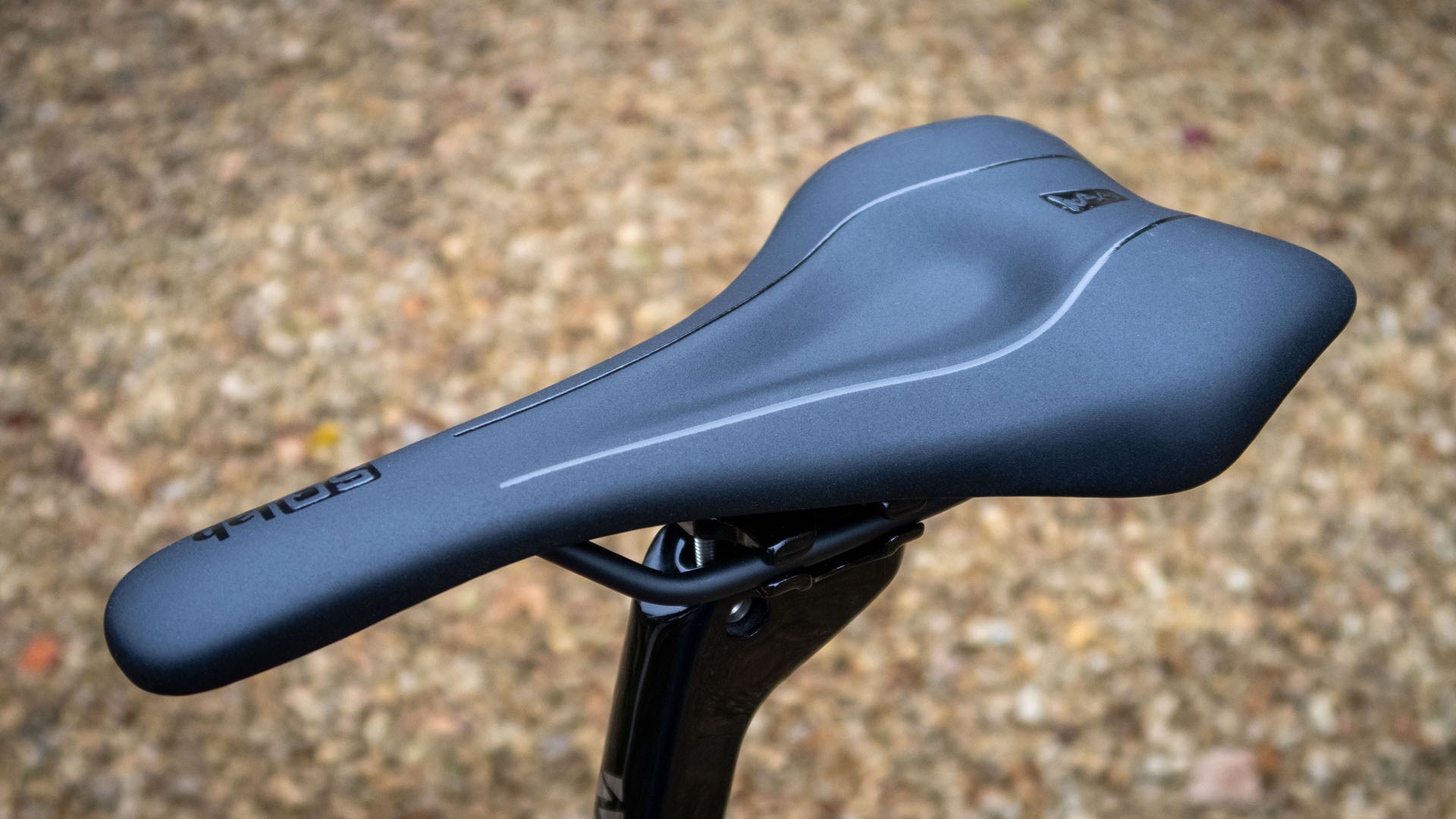
Specifications
Reasons to buy
Reasons to avoid
It is certainly worth mentioning the SQ Lab 612 Ergowave R in this guide. The 612 Ergowave is designed to work in tandem with SQ Labs' own cycling shorts in an attempt to offer perfect harmony between the two. While you are not obliged to go down that route, it is an interesting approach. Simon did test with other brands of cycling shorts with relative success.
However, while Simon gave the 612 Ergowave R a generous 4.5 stars out of 5, it did not come without issues. His initial impressions of the SQ Lab saddle left him wondering what on earth they were thinking after a few tough rides, leaving him with some sore sit bones. According to SQ Lab, this harsh sensation is predicted in most cases as the sit bones start to take the load and the body adjusts.
In conclusion, it seems it will all pay off if you can manage the initial adjustment to this slightly different design. Due to this, it does sit slightly out of the mainstream options and may not be for everyone.
Read our full SQ Lab 612 Ergowave R saddle review
How we tested saddles
Cycling Weekly has a team of testers with vast experience in testing bikes, components, clothing and accessories across a wide range of prices and spec levels, so they know bikes and tech inside out and have the experience to know what makes a great cycling product. Our experience means you'll have a consistent, in-depth viewpoint reflected in our product scoring. You can find out more on our How We Test page.
Testing saddles, helmets, shoes, and certain types of clothing is especially challenging, making it hard to provide an unbiased assessment. As I have mentioned several times in this guide, selecting the right saddle depends on your body's anatomy, riding style, and flexibility. This means that a saddle that fits one rider may not be suitable for another.
While testing, our reviewers strive to express not only the specifications of each saddle but also how its shape and design have impacted their experience. They also consider how using a different bike style or having a distinct anatomy could influence your ride.
One thing is certain: the Cycling Weekly team tend to put themselves through a reasonable amount of pain while testing the best saddles. Particularly if that saddle is not suited to them. When selecting the reviews for these saddles, we always try to go through the same process as you would, making sure to select saddles that suit the review. Not just so the saddle receives a good review, firstly not to put them through too much pain, but also as they will then be best placed to illustrate their feels and offer decent comparisons.
In conclusion, we strive to discuss our experiences with similar or identical saddles as a team whenever possible. Our team continually tests various new bikes, including these saddles. This approach helps the reviewer better understand which saddle may be most suitable for different riders.
Meet our testers
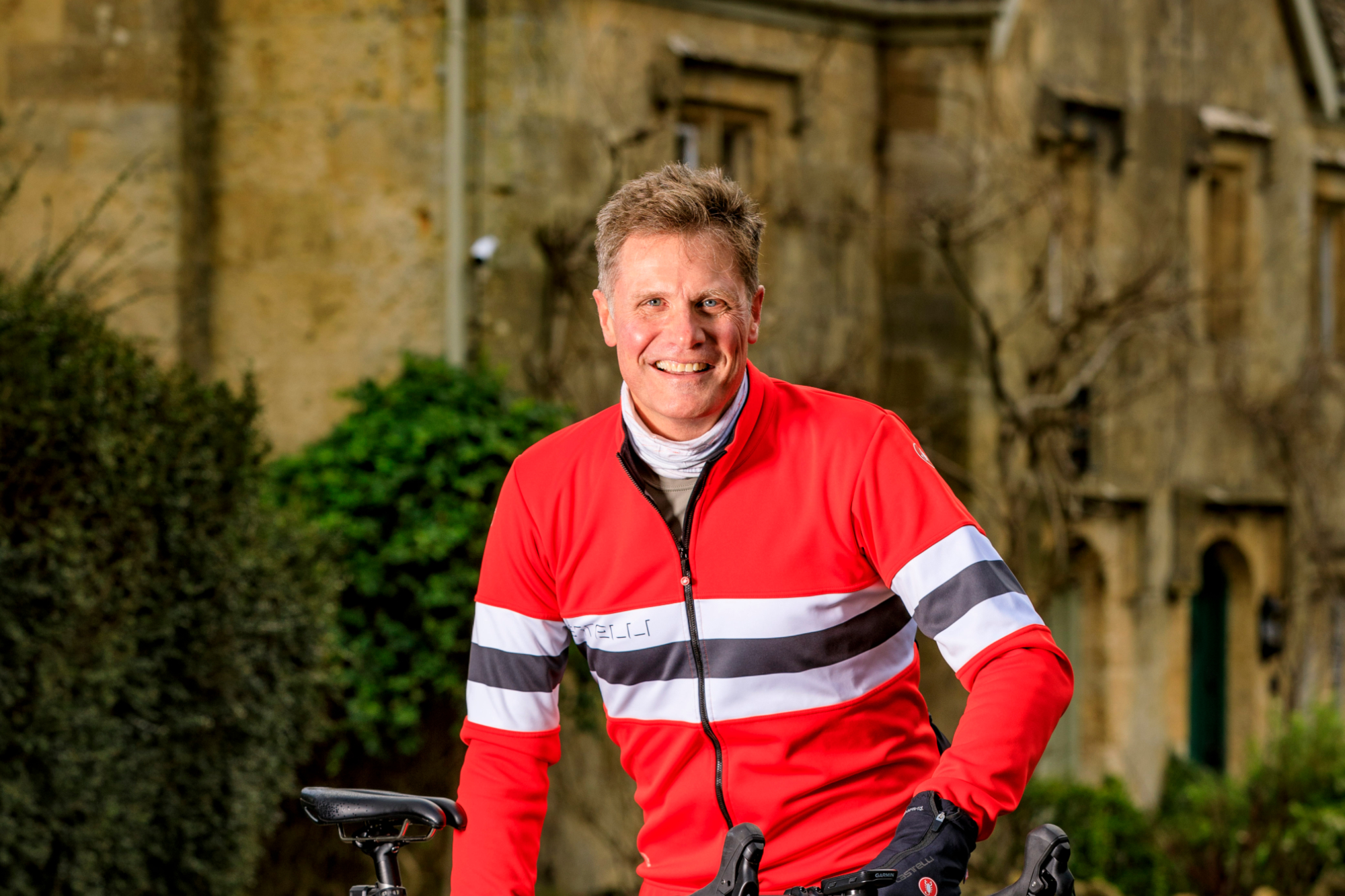
While Simon no longer steers the ship that is Cycling Weekly's tech coverage he does still ride a lot of bikes and still has a lot to offer readers and continues to contribute with reviews and his knowledge. Simon is tall, which means even on more relaxed geometry bikes he still has to adopt a reasonably sporty position, making him ideal for putting to the test narrower, shorter and cut-out offerings.
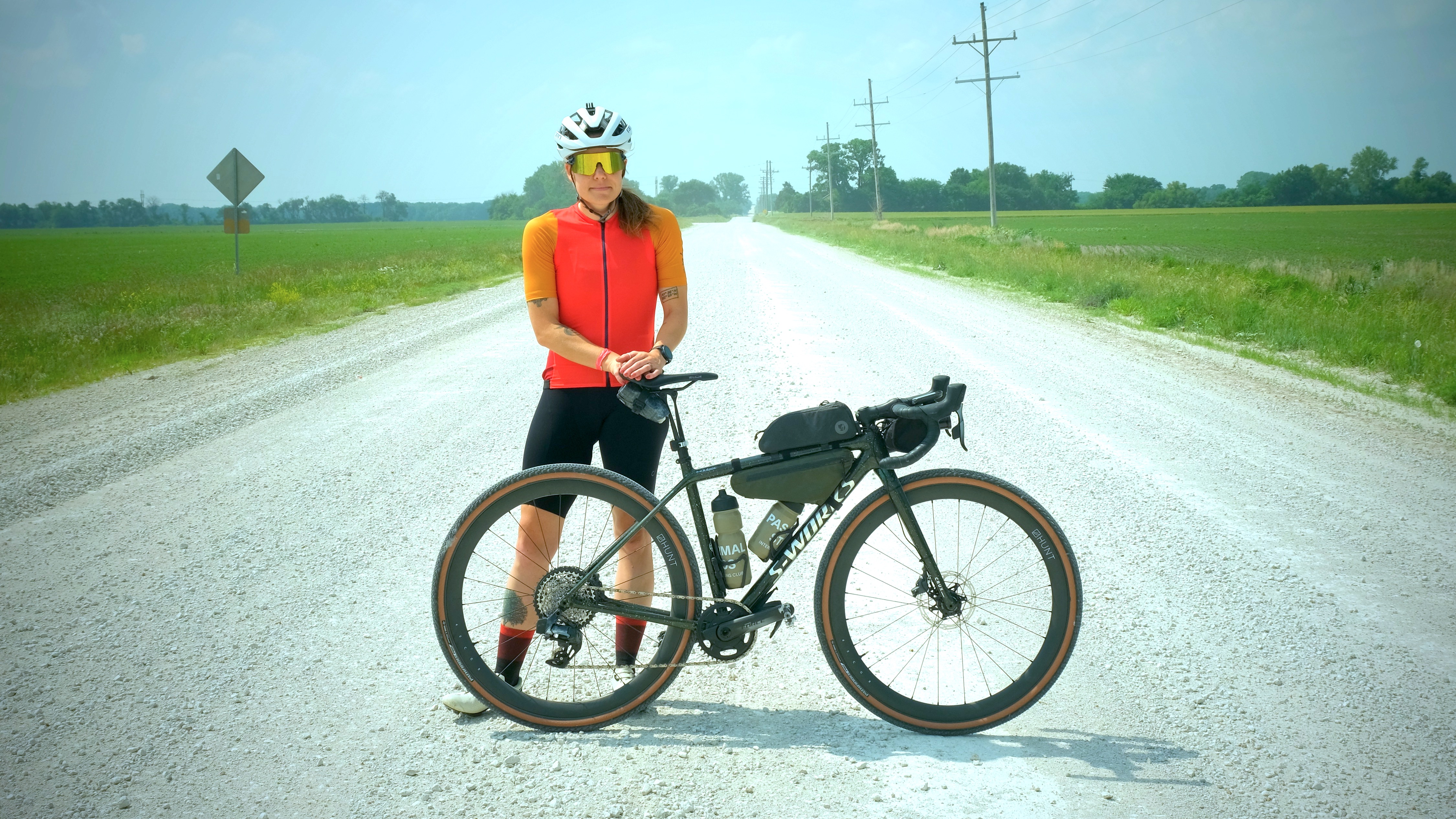
After the 352-mile Unbound XL and all the subsequent training to even make it to Unbound, Rook had pretty much had enough of her favourite Ergon SR Pro women’s saddle. In recent years, Rook has started to branch out again, testing newer, mostly shorter options. However, its Rooks relentlessness, when even on off days she rides some kind of bike, that means her testing miles are some of the most valuable in the team.
How to choose a saddle
Finding the perfect saddle for you can be a bit of trial and error.
Diagnose the issue: Try to determine what you dislike about an existing saddle. Are there key aspects that don't seem right? If so, use those to determine what needs to change.
Riders who spend more time in an aggressive position often need a pressure relief channel or a shorter nose, while those who desire the freedom to move around frequently favour a longer nose.
Determine your Sit Bone width: This can be done so simply at home with a piece of cardboard and a pen.
Place your corrugated piece of card on a hard chair or surface with your knees at 90 degrees and feet flat on the floor. Firmly imprint. Once you are sure it's imprinted, use a pen to mark the centre points of the imprints and measure. Most brands will offer a conversion of sit bone widths to saddle measurement.
Think about your riding style. Flexibility, how you sit on your bike, and the bike you ride all greatly impact saddle choice. If you ride a Gravel bike with a fairly level bar-to-saddle set-up, you are unlikely to need a saddle designed for a very aggressive position.
Ask a friend: Why not ask to borrow a friend's bike for a short ride? Chat with them about their measurements and see how they differ from yours. Ask what they like about their saddle, and why they chose it.
Shop Around: Look for models suited to your riding style, level of flexibility, and anatomy. Ideally, seek out brands that offer a proper fitting process, such as Selle Italia's Idmatch or Specialized's Retul digital saddle sizing, which can be found in stores across the country.
Alternatively, look for brands that offer test saddles from dealers. Fizik and ISM both offer this service.
Check the returns policy: It is so important - some companies will allow you to buy a saddle to try it out and swap it for another if you are not happy with it within 30 days. This is very useful for testing a few options.
If you want to learn more about this topic, check out Digital Editor Michelle's guide on choosing the right saddle.
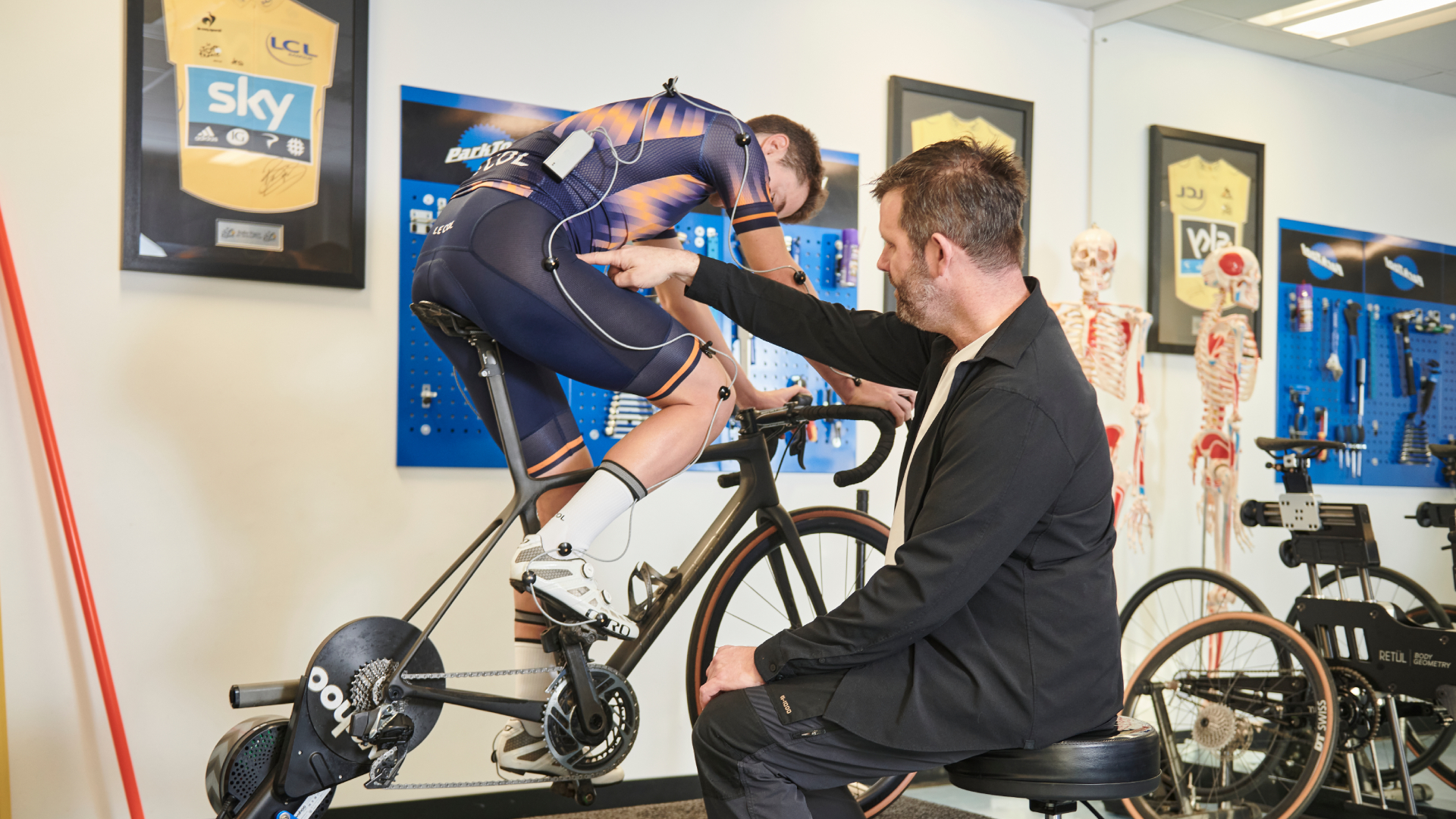
Getting a bike fit can be a great way to get help in the pursuit of the right saddle
FAQs about bicycle saddles
What causes saddle discomfort?
Discomfort in the saddle varies between riders, but among male riders is often the result of a saddle that is too narrow.
We all have different-width ‘sit-bones’. The ischial tuberosities are the parts of your body designed to bear your seated weight. Most cases of saddle-related discomfort arise because the load is carried on the soft tissues between the sit bones rather than by the bones themselves.
Also, bear in mind that the perceived width of your rear end has little to do with the actual bone structure. Good bike shops, and some brands, offer test ride programs so you can try before you buy.
Is a padded saddle more comfortable?
A common misconception is that more padding equals a comfier saddle. If this were the case the people who spend the most time on bikes -Tour de France riders - would be using veritable lazy-e boys.
The reality is that padding deforms and creates more contact, so on longer rides, it can be less comfortable. Thick, soft padding may initially seem like a good idea to alleviate saddle discomfort, but often a squishy saddle will just compress down under the sit bones and push up in the middle, shifting the pressure from your sit-bones to the soft tissue in-between.
Can a saddle be too firm though? Some riders (male and female) ride bare carbon saddles and get along fine. This isn't for everyone, but it does highlight that far more important than padding is shape.
To maximize comfort you should aim to get a saddle that is the right shape for your style of riding and sit bones.
What's the best shape for a bike saddle?
Shape is the most important aspect of saddle comfort. Saddles come in a plethora of different shapes, designed to support different riders and different styles of riding.
Narrower, flatter saddles such as the Fizik Arione tend to suit more aggressive riders with a lower position. The Specialized Romin is another example.
A slightly wider saddle with a curved profile, such as the Fabric Scoop, is often the choice of riders who sit more upright. The Fizik Aliante and Specialized Toupé are also examples of saddles designed for a more upright position.
How do I measure my sit bone width?
Many bike shops have what we like to call 'bum-ometers' (we just made that up). These are devices that you can sit on and feature a memory foam. Your sit bones leave an impression in foam, the width of which can be measured.
A general rule of thumb is that the saddle width should be sit bone width +2cm. Specialized and Bontrager both produce devices like this to measure your sit bones and these are often available to try in your local bike shop.
Alternatively, if you don't have access to a bum-ometer you could always improvise with some Playdoh and a sheet of paper or a piece of cardboard. It's an important thing to remember that a bigger derriere doesn't necessarily mean you have bigger/wider sit bones.
Why do some bike saddles have cut-outs and relief channels?
So you've measured your sit bones, you're happy that your saddle is flat enough and the padding is good, but you still feel discomfort. The solution? You may need a cut-out.
Cut-outs and relief channels come in all shapes and sizes, and the best way to see if you'll benefit is to try one. Cut-outs and channels can relieve stress on soft tissues in your delicate areas. If you repeatedly experience discomfort this might be for you.
Is it bad to have a cut-out if you don't need one? Many people who don't need a cut-out comfortably ride saddles with cut-outs with no problems. However, some people find that cut-outs can increase pressure at the edges, or pinch delicate skin.
What are the best bike saddle rails made from?
The rails of a saddle create a frame under the seating area that fits into the clamp at the top of your seatpost. Most modern bikes conform to the same standard, so any reputable saddle will fit any reputable bike.
Rails are one of the main areas that affect saddle price. Entry-level saddles have steel rails, and the further up the price bar you move, the more you encounter manganese, titanium and carbon. As you progress through the materials, they get lighter and more expensive.
Carbon rails are the most expensive and the lightest. Carbon and titanium are also slightly more forgiving than steel, allowing for more comfort.
The important thing to remember is that the basic steel railed model will often have the same shape as the top end carbon-railed version.
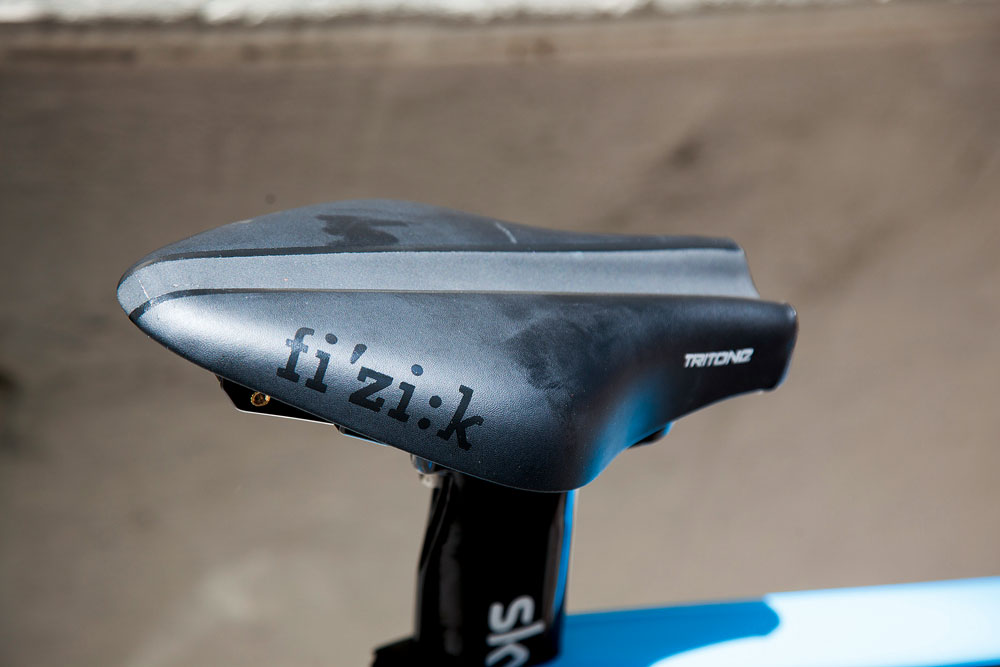
Time trials saddles might look odd but for good reason
How does a time trail bike saddle differ from a road bike saddle?
Riding in a time trial position requires most riders to be 'on the rivet'. This can mean the rider has a forward rotated pelvis, with the sit bones typically up, off the saddle surface.
In this forward position, the pubic bone and other soft tissues become weight-bearing. Triathletes and time trialists tend to favour special saddles that have effectively had the nose chopped off, like the Fizik Tritone or a double-nosed saddle like the ISM range.
This also enables pro riders to push the saddle further forward on the rails, as there is a current (arguably outdated) UCI rule that limits how far forward the nose of the saddle can go.
How can I make my saddle more comfortable?
Remember, changing your saddle can change your saddle height. If you get a new saddle, it is worth re-measuring your saddle height. It's also a good idea to check that the saddle is sitting at the correct position on the rails - getting this wrong can lead to discomfort elsewhere, such as knee pain.
Hopefully it goes without saying, but the shorts you'll wear on the bike make a difference to your overall comfort, too.
If you are regularly suffering from discomfort on the bike, make sure that you've invested in a good quality, properly fitting pair of cycling specific shorts before you blame the seat.
The latest race content, interviews, features, reviews and expert buying guides, direct to your inbox!
Like many, Matt began his bicycle industry journey on the spanners at his local bike shop. After spending his youth mountain biking, he was inspired to embrace gravel during his tenure with Evans Cycles' in-house brands, Pinnacle and Hoy Bikes. Recognising the evolving industry, Matt eagerly seized the chance to become an E-bike designer, winning several awards with the E-bike brand Cairn Cycles.
These days, Matt is likely to have a toddler sitting shotgun or off the beaten track somewhere on the South Downs.